La mise en oeuvre d’un nouveau système ERP offre une occasion majeure de transformer numériquement votre entreprise. Non seulement vous pouvez dépasser les fonctionnalités limitées ou la technologie obsolète de votre ancien système, mais vous pouvez également tirer parti des capacités du système ERP moderne pour vous aider à saisir de nouvelles opportunités commerciales.
Cependant, toutes les mises en place ne se déroulent pas sans heurts. Alors comment préparer votre entreprise à une mise en oeuvre réussie de l’ERP ? Comment éviter les coûts et les risques inutiles ? Ces meilleures pratiques de mise en œuvre d’un ERP peuvent vous aider à éviter les pièges les plus courants et à profiter plus rapidement des avantages de votre nouveau système ERP.
Par où commencer votre projet ERP ?
Lorsque les gens pensent à la mise en oeuvre d’un système, ils commencent souvent par envisager les fonctionnalités souhaitées. Mais les nouvelles fonctionnalités ou technologies ne sont pas le cœur du problème ; ce dont une entreprise a besoin pour se développer, ce sont des processus de gestion modernes. Ce n’est qu’avec des processus efficaces qui vous permettent d’être agile et réactif que vous pourrez stimuler votre compétitivité et mieux servir vos clients internationaux.
Souvent, les processus existants sont rigides et ne répondent pas aux besoins de l’entreprise. Même lorsque des processus éprouvés et rentables sont en place, ils doivent souvent être mis à jour pour répondre à l’évolution des besoins ou être enrichis de nouvelles fonctionnalités, comme l’accès mobile, les alertes et la veille économique. Il est donc important de toujours garder ces processus au cœur de votre plan de mise en œuvre.
Quel est le plus grand facteur de réussite ? Votre équipe de projet.
Toutes les études de cas sur la mise en oeuvre d’un ERP se rejoignent
: le facteur déterminant est l’équipe de mise en œuvre.
Un excellent logiciel n’est excellent que s’il est mis en œuvre par une équipe solide. Si les membres de l’équipe n’ont pas le temps, le soutien ou les compétences nécessaires pour effectuer le travail efficacement, ils ne réussiront pas – et le projet souffrira probablement de retards, de coûts supplémentaires et/ou d’un logiciel qui ne répond pas aux besoins de l’entreprise.
Les entreprises qui ont connu des revers ou des échecs en matière d’ERP ont souvent affecté des employés qui « avaient le temps » de travailler sur le projet. Mais pour réussir, vous devez recruter les personnes dont « vous ne pouvez pas vous passer ». Il s’agit des personnes bien occupées qui connaissent les processus opérationnels, travaillent bien avec les autres membres de l’organisation et ont le respect de la direction. Dédiez ces personnes au projet à plein temps (40 heures de disponibilité), ou autant d’heures que possible par semaine.
N’ajoutez à l’équipe de projet clé aucune personne qui ne peut pas consacrer au moins 25 % de son temps (minimum 10 heures) au projet chaque semaine. Les membres de l’équipe consacrant moins d’un quart de leur temps pourront rattraper les activités du projet mais n’y apporteront aucune valeur ajoutée.
Le soutien de la direction à votre équipe est essentiel. Dans toute mise en œuvre importante, des décisions doivent être prises concernant les priorités et les compromis en matière de ressources. Sans un soutien et un engagement fort, même les équipes qualifiées peuvent échouer.
La mise en oeuvre rapide d’un système ERP moderne est l’une des choses les plus importantes qu’une entreprise puisse réaliser. Cela vaut la peine d’y consacrer vos meilleurs éléments et de poser les bases du succès dès le départ.
Comment planifier la mise en œuvre de votre ERP
Planifiez la séquence de mise en place de façon réaliste. Tenez compte de la disponibilité de votre équipe de direction, des managers et des experts internes qui contribuent à l’effort.
Classez vos besoins par ordre de priorité afin de pouvoir vous concentrer sur les gains importants tout en constituant une base logicielle et technologique de base qui pourra évoluer en fonction des besoins de votre entreprise.
Votre plan détaillé et vos indicateurs clés de performance seront adaptés à vos besoins spécifiques. Toutefois, les activités clés suivantes sont des étapes communes à toutes les mises en place réussies :
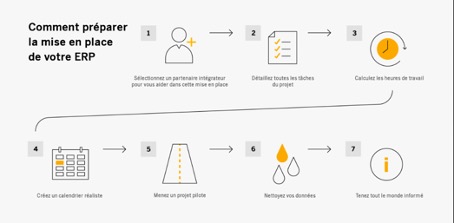
1. Sélectionnez un partenaire intégrateur pour vous aider à la mise en œuvre
Votre équipe de projet n’est probablement pas très expérimentée dans la mise en œuvre d’un logiciel ERP ; elle aura besoin d’aide. Cherchez et sélectionnez un ou plusieurs consultants qualifiés pour la mise en oeuvre de l’ERP, ayant une connaissance approfondie et une expérience de l’application ERP que vous allez installer. Confirmez qu’ils comprennent comment la nouvelle solution logicielle soutient vos processus d’affaires actuels et à venir. Interrogez leurs références pour le vérifier.
Vos partenaires intégrateurs doivent disposer d’un personnel formé à votre secteur d’activité et disponible sur vos sites. Si vous avez des clients et des fournisseurs internationaux, vos partenaires doivent avoir les compétences nécessaires en matière de commerce international, de langues et de devises pour rationaliser votre mise en œuvre.
Enfin, examinez le logiciel de gestion de projet que l’entreprise utilise pour vous assurer qu’il est compatible avec votre système interne de planification, d’ordonnancement et de suivi.
2. Détaillez toutes les tâches du projet
Votre partenaire de mise en place vous aidera à dresser une liste détaillée de toutes les tâches à accomplir. Cette liste sera longue. La formation seule, par exemple, comprend de nombreuses tâches :
- Formation de l’équipe de projet : Votre équipe doit se familiariser avec le logiciel afin de pouvoir décider comment adapter vos processus d’entreprise.
- Formation de l’équipe informatique : L’équipe informatique doit être formée afin de comprendre comment installer et maintenir le système de manière optimale.
- Formation des utilisateurs métiers : Toutes les personnes appelées à utiliser le logiciel doivent apprendre comment il fonctionne.
- Formation continue : Les nouveaux utilisateurs auront besoin d’être formés au fur et à mesure qu’ils rejoignent votre entreprise, vous devrez donc mettre en place un plan à plus long terme.
La liste des tâches doit être divisée en phases. Il faut prévoir du temps pour le pilote en salle de conférence, la personnalisation de l’application, l’intégration à d’autres applications et sources de données, la mise en œuvre de l’infrastructure, le nettoyage des données, l’acceptation par les utilisateurs, etc.
3. Calculez les heures de travail
Estimez soigneusement le temps nécessaire à chacune des tâches. Pour ce faire, comprenez la tâche et le travail qu’elle implique, puis déterminez le nombre d’ « heures de travail » nécessaires. Il peut s’agir d’une fourchette d’heures, mais elle doit être précise. Additionnez les heures de travail pour chaque phase du projet et désignez la personne chargée de les réaliser.
C’est pourquoi il est important de faire appel à un partenaire intégrateur qui connaît bien la solution logicielle. Si vous effectuez cette étape correctement, vous serez en mesure de calculer avec précision votre calendrier, de déterminer si vous avez besoin d’aide en dehors de votre équipe actuelle et de limiter les dérapages.
4. Créez un calendrier réaliste
Maintenant que vous avez calculé les heures de travail disponibles et nécessaires, vous pouvez créer un calendrier réaliste. Dans de nombreux cas, le premier passage révèle un problème de capacité par rapport au calendrier de mise en œuvre qui avait été présenté à l’origine aux dirigeants.
Voici un exemple de calcul qui illustre les écarts potentiels :
- Délai de mise en service prévu = 12 mois ou 1 an
- Nombre total d’heures de travail disponibles sur une période de 12 mois = 540/semaine ou 28 080 heures/an
- Nombre total d’heures de travail nécessaires à la mise en place = 42 000 heures au total
- Heures requises divisées par les heures disponibles par an = 1,496 années
Le résultat ? La date de mise en service est manquée avant le début du projet. Voici quelques solutions possibles :
- Réduire le scope – même si l’équipe a convenu que ces tâches sont essentielles.
- Repousser la date à une date réaliste
- Ajouter plus de ressources internes et externes (heures de travail disponibles)
- Décomposer le projet en phases
C’est ici que l’équipe de direction devra prendre la décision. Ce n’est qu’un exemple des raisons pour lesquelles ils doivent être impliqués dans le processus de sélection et de mise en œuvre du logiciel.
5. Menez un projet pilote
Une fois le projet lancé et avant la mise en service, effectuez un test ou un pilote (dans une salle de conférence) avant le déploiement complet. Ce pilote interne vous permettra de vous assurer que vous avez mis en place les processus opérationnels appropriés pour les besoins actuels et futurs de l’entreprise. Lorsque vous concevez vos nouveaux processus, il est important de comprendre l’éventail des options disponibles dans votre système ERP – et de valider vos processus avec l’équipe de projet et les parties prenantes de la communauté des utilisateurs.
Au cours de cette phase de plusieurs semaines, votre partenaire de mise en place installera un logiciel pilote qui vous permettra de tester tous vos processus et de vous assurer qu’ils fonctionnent comme prévu, sans surprise. Souvent, vous pouvez appliquer les meilleures pratiques pour gagner du temps, en particulier si vous disposez des outils de configuration pour effectuer des ajustements rentables à mesure que vous affinez vos opérations.
6. Nettoyez vos données
Cela semble simple, mais le nettoyage des données est une activité chronophage. Il est préférable de commencer à évaluer l’exactitude de vos données dès que possible, car il faut beaucoup d’efforts pour réaliser cette étape correctement. Au cours du projet, des changements de processus métiers se produiront – soyez donc prêt pour des étapes supplémentaires de gestion des données pendant la mise en œuvre.
7. Tenez tout le monde informé
Chaque semaine, un membre du personnel doit contacter toutes les parties prenantes clés afin qu’elles soient informées des points positifs et moins positifs de l’avancement du projet de mise en œuvre. Le pire scénario est celui où les gens ne sont pas tenus au courant et sont pris par surprise.
La plupart des bons systèmes de gestion de projet comportent des représentations visuelles de l’avancement du projet.
Commencez par les processus les plus importants de votre entreprise
Toutes les entreprises n’ont pas les mêmes problèmes. Il est donc préférable de passer en revue vos processus opérationnels et de classer par ordre de priorité ceux qui doivent être abordés en premier. Voici une liste de domaines à haute valeur ajoutée à prendre en compte :
- La veille stratégique, y compris les alertes de gestion et les tableaux de bord : Votre équipe a besoin de mises à jour rapides sur les problèmes de l’entreprise, ainsi que de la possibilité d’approfondir facilement les détails pour résoudre rapidement les problèmes – au bureau, à la maison ou sur la route. Vous avez besoin d’une intelligence d’affaires intégrée et de données qui se trouvent dans une base de données unique.
- Gestion de la relation client (CRM) : Aujourd’hui, les processus CRM touchent généralement toutes les parties d’une entreprise. Les ventes directes, les distributeurs, les showrooms, le commerce électronique, le service client et les commerciaux partagent tous des informations sur les clients avec la gestion des commandes, les opérations, les achats, l’ingénierie, les comptes clients et l’expédition.
- Finance et comptabilité : Des transactions financières précises et en temps réel, des indicateurs clés de performance et des analyses sont essentiels à toute entreprise, et ils doivent couvrir tous les sites et départements. Outre la comptabilité, elles doivent être intégrées à l’évaluation des coûts, à la budgétisation, aux prévisions, aux projets, à la gestion des actifs, à la conformité et à la gestion de la trésorerie.
- Gestion de la chaîne logistique (DSC) et fabrication : Les délais serrés, les faibles marges et les perturbations de la chaîne d’approvisionnement constituent un défi pour toutes les entreprises. Leur gestion nécessite un travail d’équipe – collaboration avec les fournisseurs, les transporteurs, les sociétés d’import/export, les banques et d’autres partenaires – souvent sur des appareils mobiles répartis sur plusieurs sites.
- Ressources humaines (RH) : La gestion d’une main-d’œuvre diversifiée est plus difficile aujourd’hui que jamais, et votre équipe a besoin d’un accès immédiat et sécurisé aux informations sur les employés pour la paie, les avantages sociaux, la budgétisation, la programmation et les besoins de conformité. De plus, le recrutement, le développement et la fidélisation des employés constituent une part importante de l’évaluation des plans d’affaires actuels et proposés.
- Langues, devises et sites multinationaux : À mesure que vous développez votre entreprise, en particulier si vous vous implantez dans de nouvelles régions ou de nouveaux pays, vous devez être en mesure d’ouvrir et de développer de nouvelles opérations de manière cohérente et rapide. Cela nécessite des capacités logicielles étendues et avancées, ainsi que des services cohérents de la part de votre fournisseur de logiciels sur chaque site.
- La mobilité : La capacité d’accéder à l’information et de travailler à distance est désormais vitale – comme l’a démontré la pandémie de COVID-19. Les entreprises qui disposent des outils nécessaires pour s’adapter rapidement peuvent prendre l’avantage en période de perturbation.
Conseils pour atténuer les risques liés à la mise en œuvre d’un ERP
Tous les projets comportent un élément de risque. Vous trouverez ci-dessous cinq conseils précieux pour améliorer vos chances de mener à bien votre projet dans les délais et les budgets impartis.
- Choisissez des partenaires expérimentés en matière de logiciels, de processus opérationnels et de mise en oeuvre qui possèdent un savoir-faire sectoriel et local. Interrogez toujours des références dans des entreprises comme la vôtre.
- Ne poussez pas une technologie dépassée au-delà de ses limites. Éliminez les anciens systèmes autonomes dépassés et, dans la mesure du possible, consolidez vos données dans une base de données unique (version unique de la vérité) avec une veille économique intégrée pour des performances multinationales.
- Dans l’économie numérique, les entreprises doivent souvent intégrer des systèmes entre les unités commerciales ainsi qu’avec les clients et les fournisseurs. Confirmez que vous disposez de capacités d’intégration dans le cloud et d’une expertise en matière de réseaux de fournisseurs.
- Évitez les dérives du projet. Il est fréquent de découvrir des besoins et des opportunités au cours de la mise en œuvre d’un ERP. Il est donc important de gérer les ordres de modification pour éviter les retards et les dépassements de coûts.
- Confirmez que vous disposez d’une expertise cohérente sur tous vos sites. Vous avez besoin d’une formation, d’une mise en place et d’une assistance, souvent fournies par la direction locale, les distributeurs de logiciels, les sociétés de conseil et votre partenaire logiciel.
Conseils pour éviter les coûts supplémentaires liés à la mise en œuvre d’un ERP
L’investissement dans un nouveau système ERP comprend l’engagement en temps de votre entreprise, le conseil en processus métier et en mise en œuvre, les logiciels et les services cloud, ainsi que l’équipement en ordinateurs, tablettes et téléphones – il est donc important de contrôler le projet et les coûts.
Voici quelques points clés à suivre :
- Restez concentré sur le coût total de possession (TCO). Gérez vos coûts totaux – et les avantages au fil du temps pour minimiser les dépenses et maximiser le rendement. N’oubliez pas que la mise en œuvre d’un système ERP aura un impact important sur votre entreprise.
- Respectez l’orientation de l’entreprise et n’imposez pas de changements de processus inutiles. Dans de nombreux cas, les entreprises sont contraintes de modifier leur mode de fonctionnement pour s’adapter à leur logiciel, ce qui augmente les coûts de mise en œuvre et d’exploitation.
- Concentrez-vous sur les processus de routine qui apportent une valeur significative à l’entreprise. La gestion des commandes des clients, la mise à jour des prix, l’ajout de nouveaux produits et services, la modification des détails de fabrication et l’intégration des nouveaux employés sont des exemples de ces processus de routine.
- Évitez les personnalisations et tirez parti d’une interface utilisateur configurable, des tableaux de bord, des alertes, des flux de travail, de la veille économique et des fonctionnalités mobiles. Grâce à ces fonctionnalités, vous pouvez rationaliser le travail de tous vos services ainsi que procéder à des ajustements rapides et rentables si nécessaire.
- Les piratages de systèmes et les violations de données coûtent cher. Lorsque vous utilisez Internet, utilisez une solution ERP en nuage sécurisée si nécessaire – confirmez que vos fournisseurs de logiciels et de services prennent en charge une gamme d’options de déploiement de logiciels sécurisés.
Quand votre mise en oeuvre ERP sera-t-elle terminée ?
Une fois votre mise en oeuvre initiale terminée, vous aurez toujours besoin de la flexibilité nécessaire pour ajouter des fonctionnalités supplémentaires à votre entreprise. De nombreux changements peuvent être à l’origine de ces opportunités, comme de nouveaux sites, de nouvelles gammes de produits et de services, et des acquisitions.
La transformation numérique offre également des possibilités supplémentaires de faire équipe avec les clients et les fournisseurs pour redéfinir la manière dont les affaires sont menées dans votre secteur. Souvent, ces projets incluent de nouvelles technologies, comme l’apprentissage automatique et l’intelligence artificielle (IA), ainsi que l’intégration avec des équipements et des véhicules utilisant l’Internet des objets (IoT) pour améliorer la vitesse et l’efficacité.
Prêt à passer à l’étape suivante ?
Dans tout projet ERP, il y aura des problèmes inattendus – alors attendez-vous à en rencontrer dans le vôtre. Mais, en suivant les meilleures pratiques pour une mise en oeuvre réussie de l’ERP, vous pouvez les identifier et les traiter dès qu’ils se présentent afin de gérer efficacement vos risques et vos coûts.
Essayez une solution ERP moderne cloud
The post Meilleures pratiques de mise en œuvre d’un ERP pour réduire les risques et les coûts appeared first on SAP France News.

 Looking to give your homepage a well-needed design update in late 2021 or 2022? Not a bad idea; first impressions are crucial when it comes to business websites. But, fixing your homepage and website design is no easy feat.
Looking to give your homepage a well-needed design update in late 2021 or 2022? Not a bad idea; first impressions are crucial when it comes to business websites. But, fixing your homepage and website design is no easy feat.






















 A press release is one of the most valuable tools in a marketing team’s arsenal. Though press releases have been around for decades, they remain one of the best ways to reach new customers, improve your brand reputation, and generate awareness.
A press release is one of the most valuable tools in a marketing team’s arsenal. Though press releases have been around for decades, they remain one of the best ways to reach new customers, improve your brand reputation, and generate awareness. 
 This month, you will either love or hate the featured design trends.
This month, you will either love or hate the featured design trends.


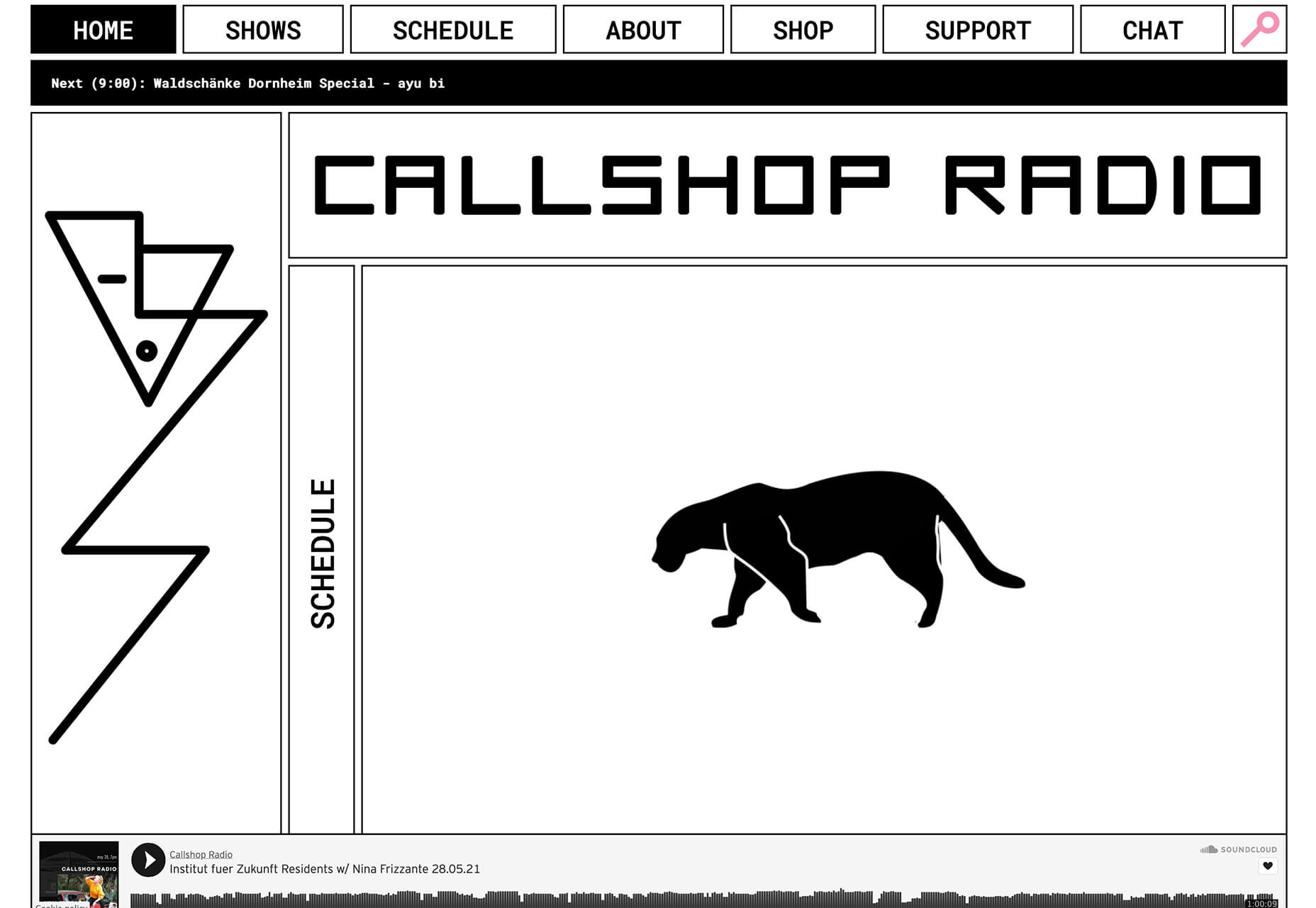
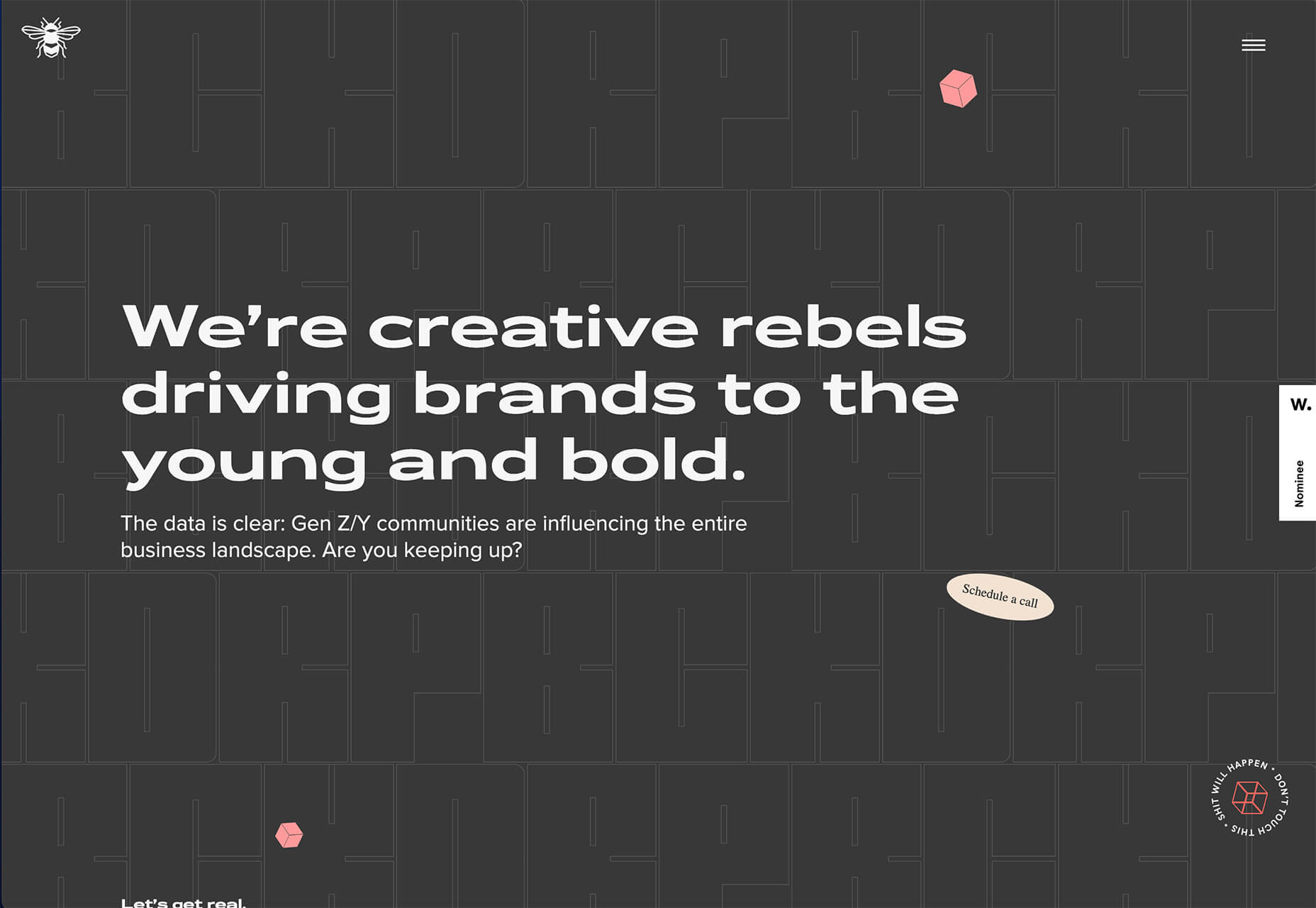





 There’s no shortcut to success when it comes to Google search results. That is unless you count pay-per-click advertising.
There’s no shortcut to success when it comes to Google search results. That is unless you count pay-per-click advertising.



















 Ever since online stores first emerged they’ve faced one big challenge compared to their real world rivals; yes, it’s convenient to shop wherever, whenever you want, and delivery options permitting, buy from anyone anywhere in the world. But it’s a minimal experience compared to the fuller sensory experience of shopping in the real world.
Ever since online stores first emerged they’ve faced one big challenge compared to their real world rivals; yes, it’s convenient to shop wherever, whenever you want, and delivery options permitting, buy from anyone anywhere in the world. But it’s a minimal experience compared to the fuller sensory experience of shopping in the real world.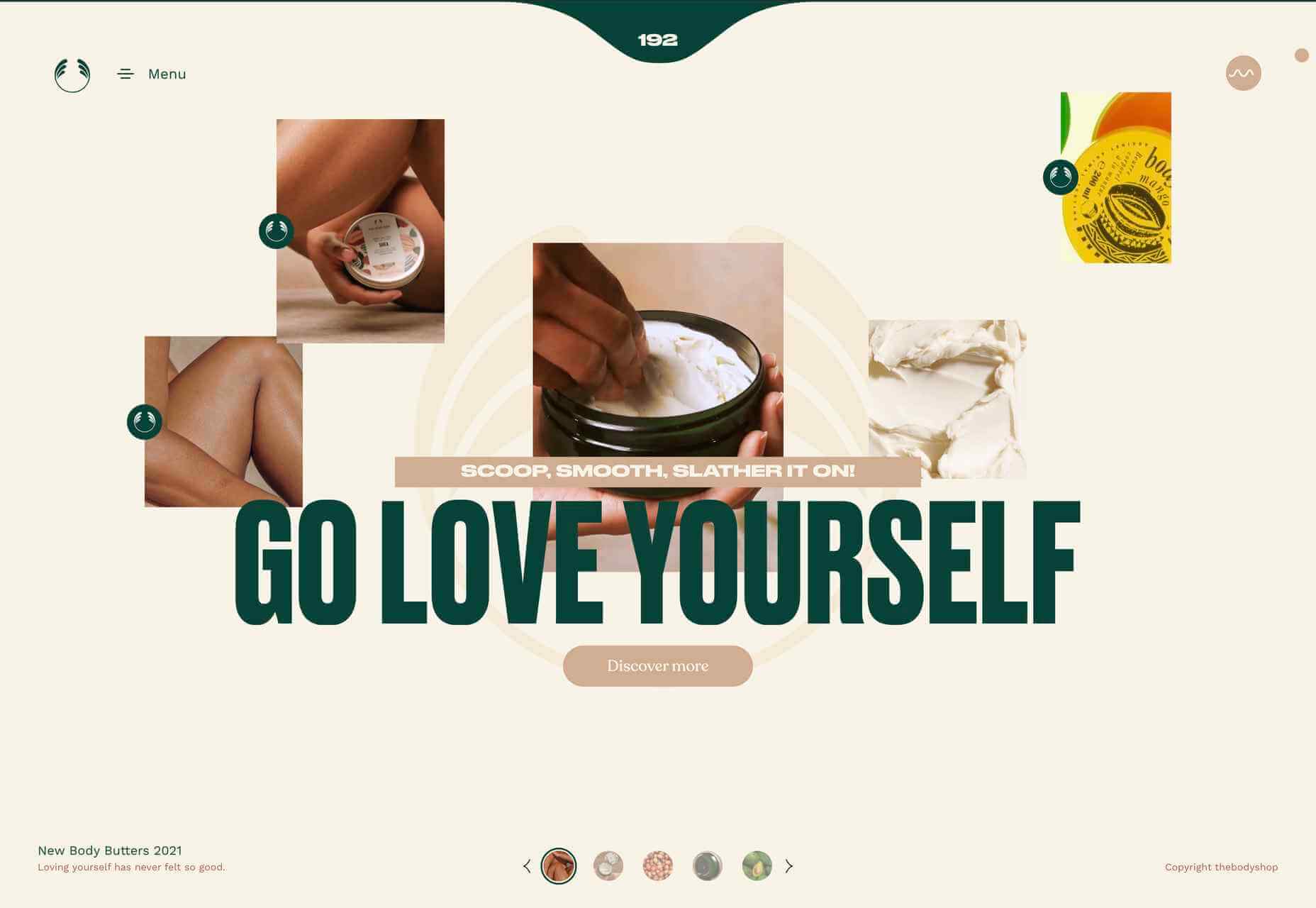
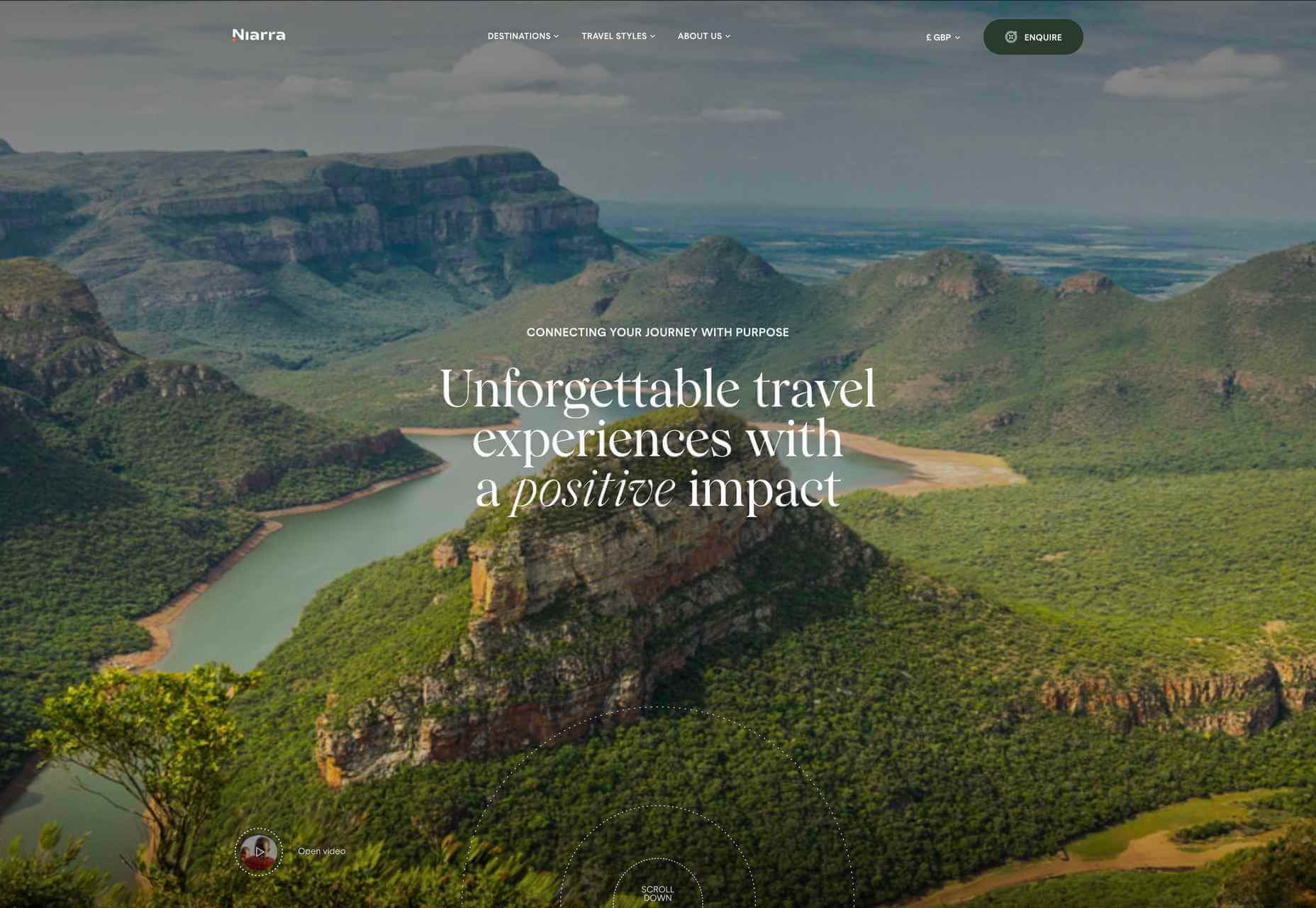
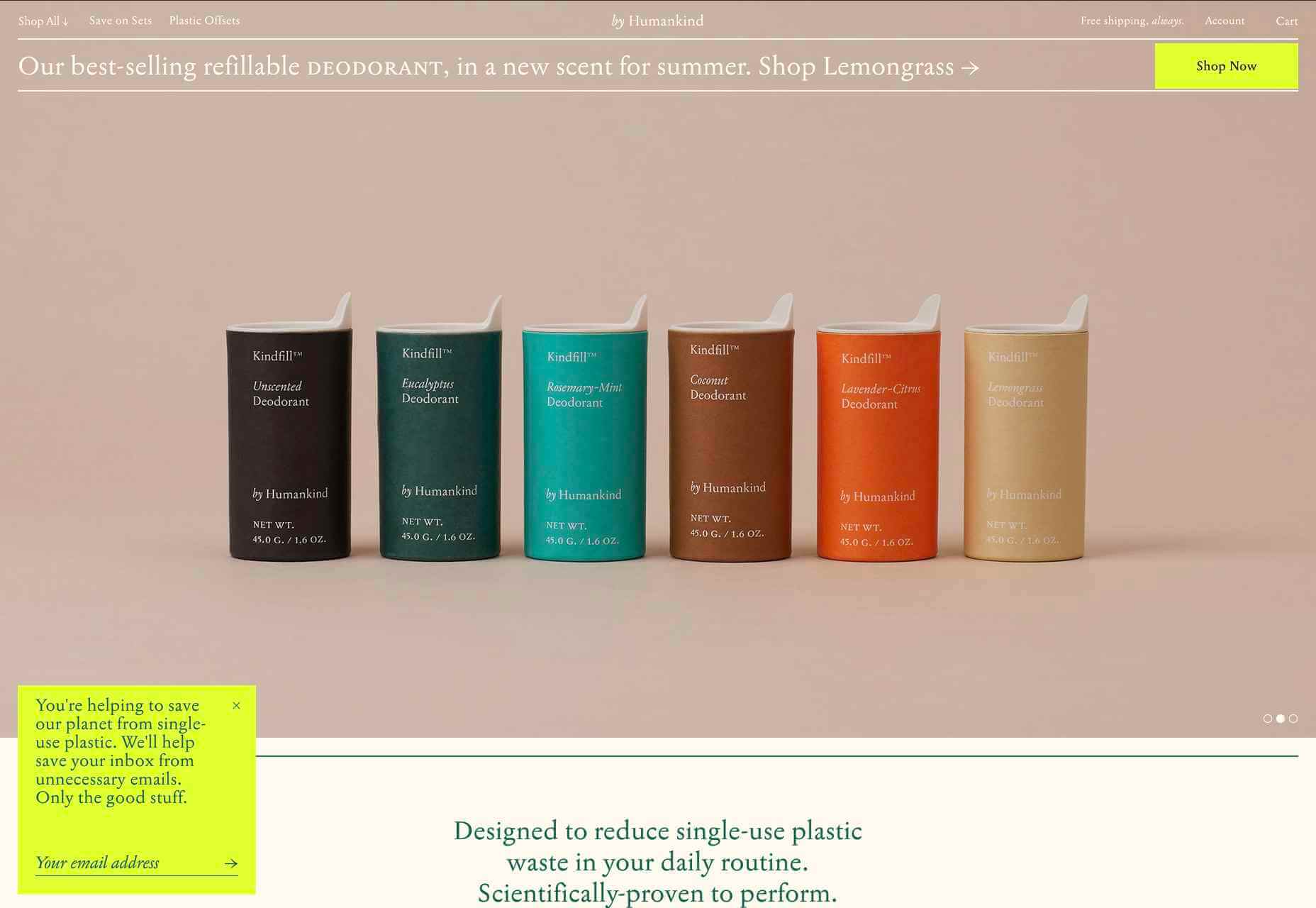

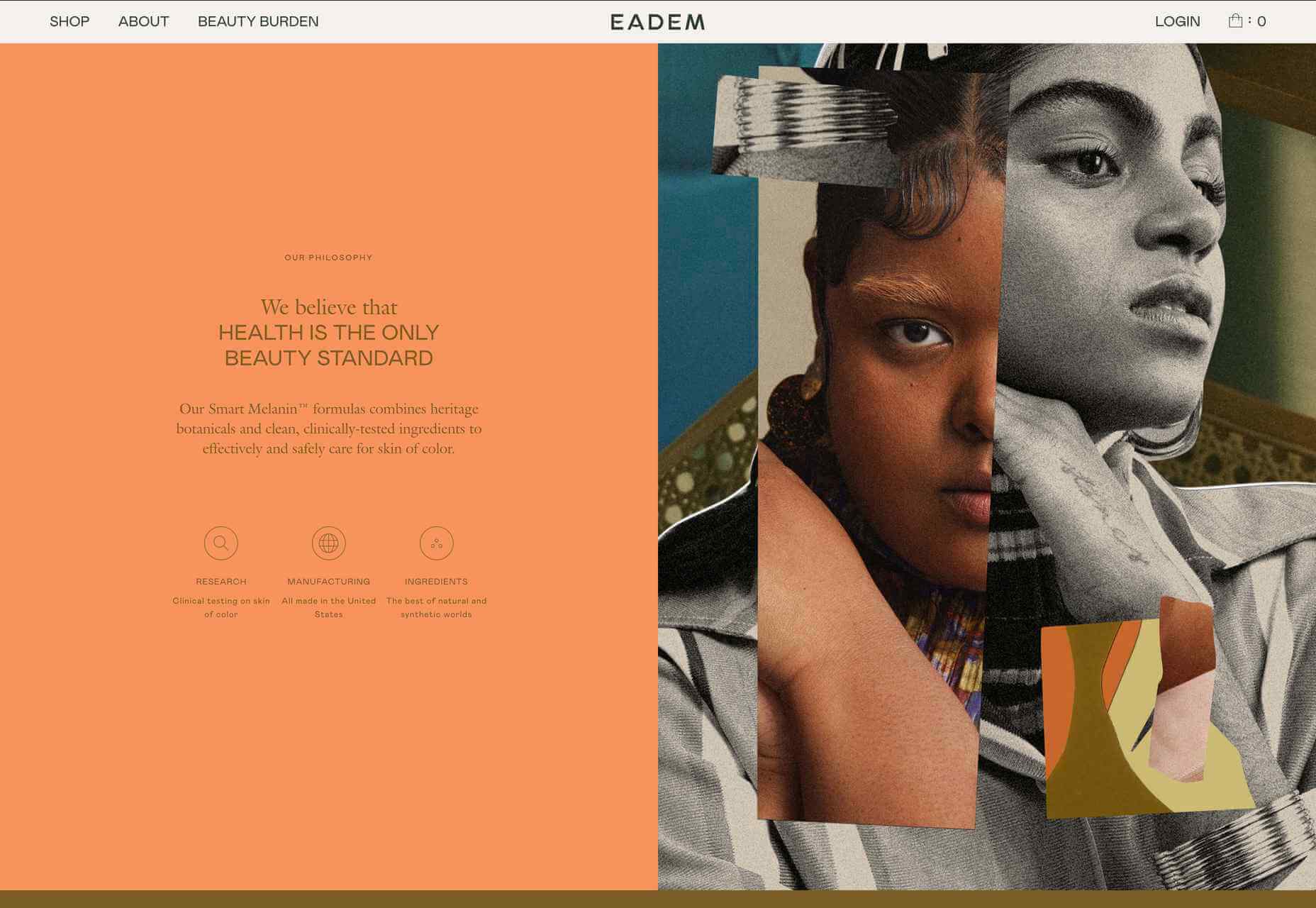
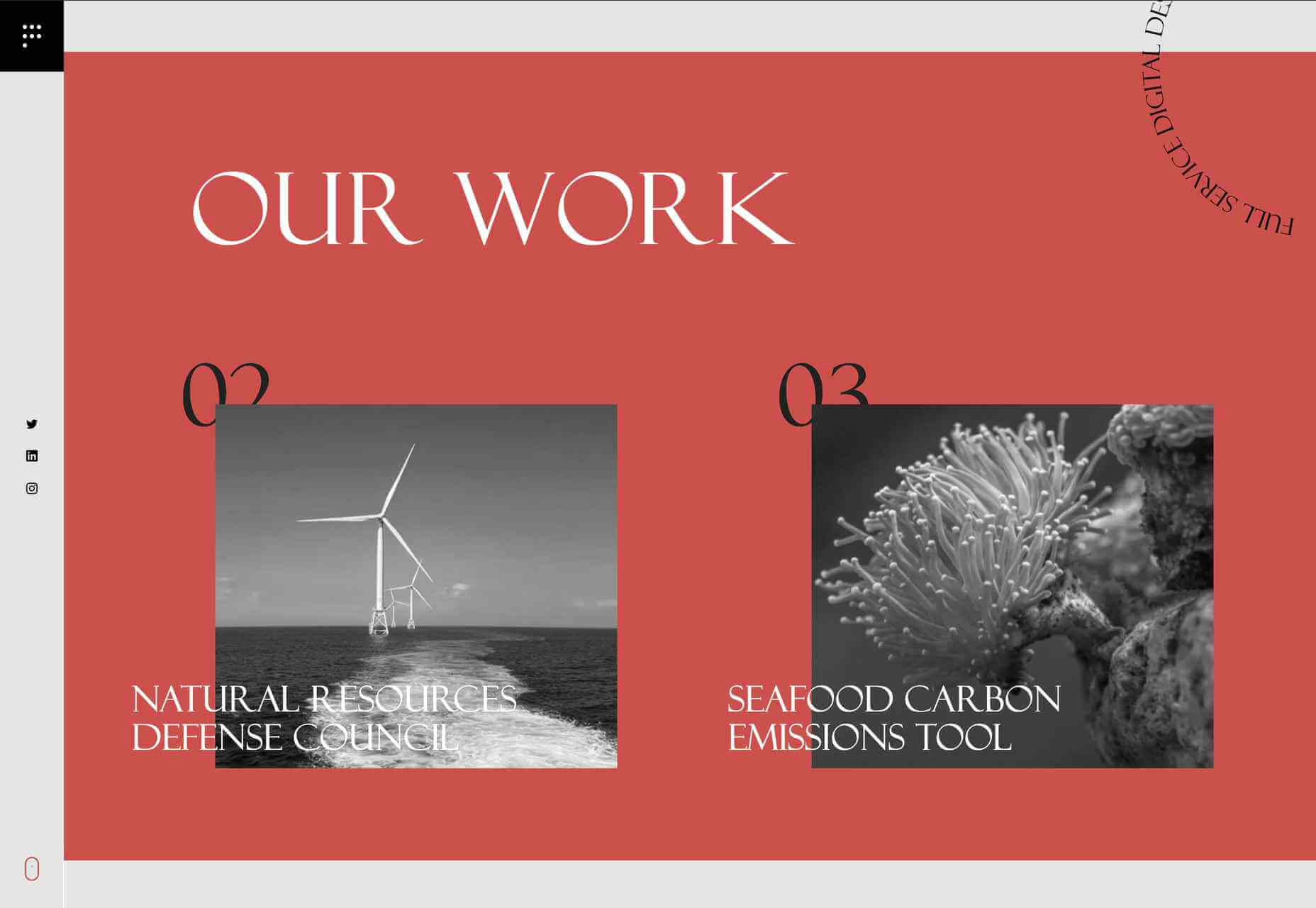
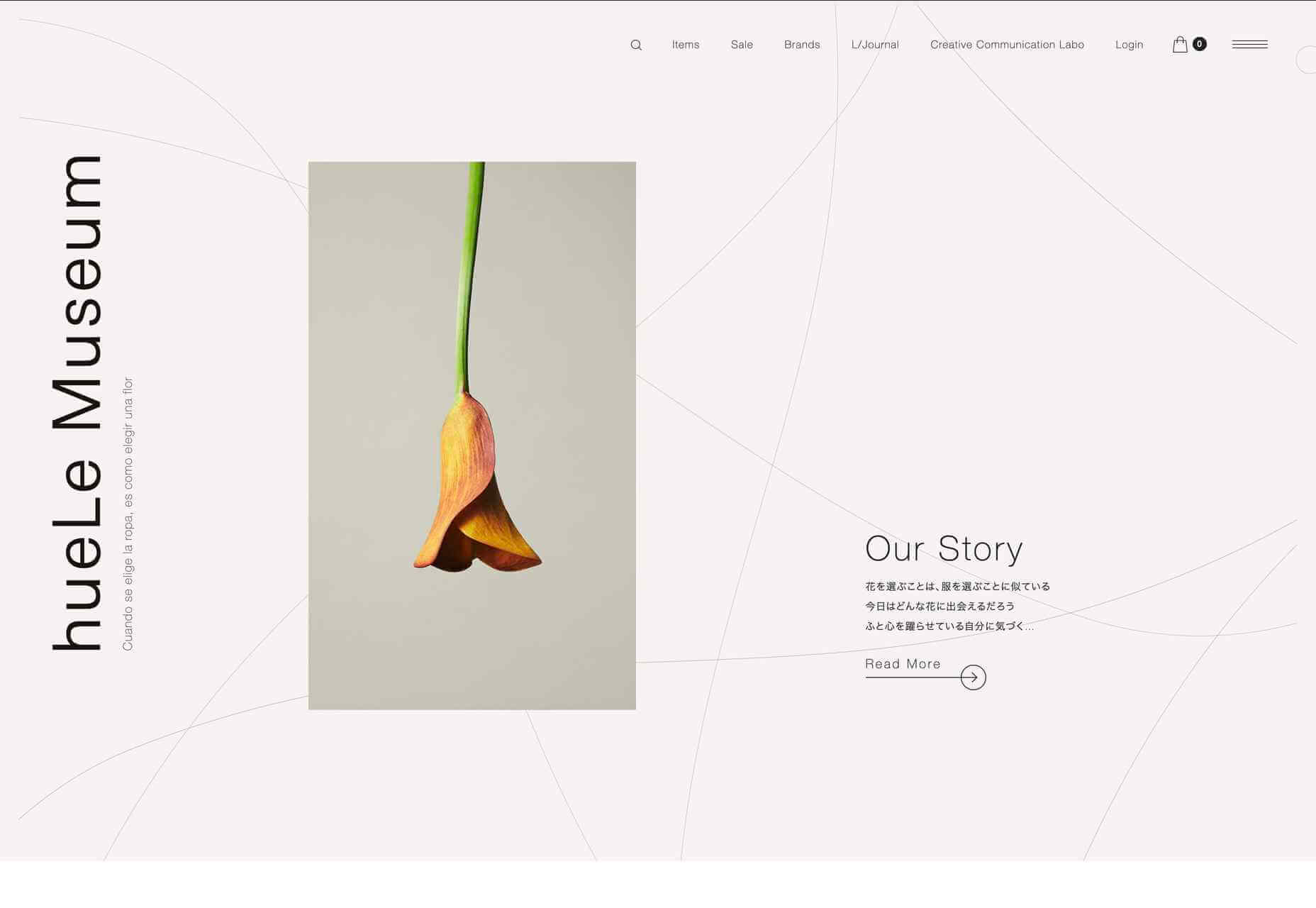
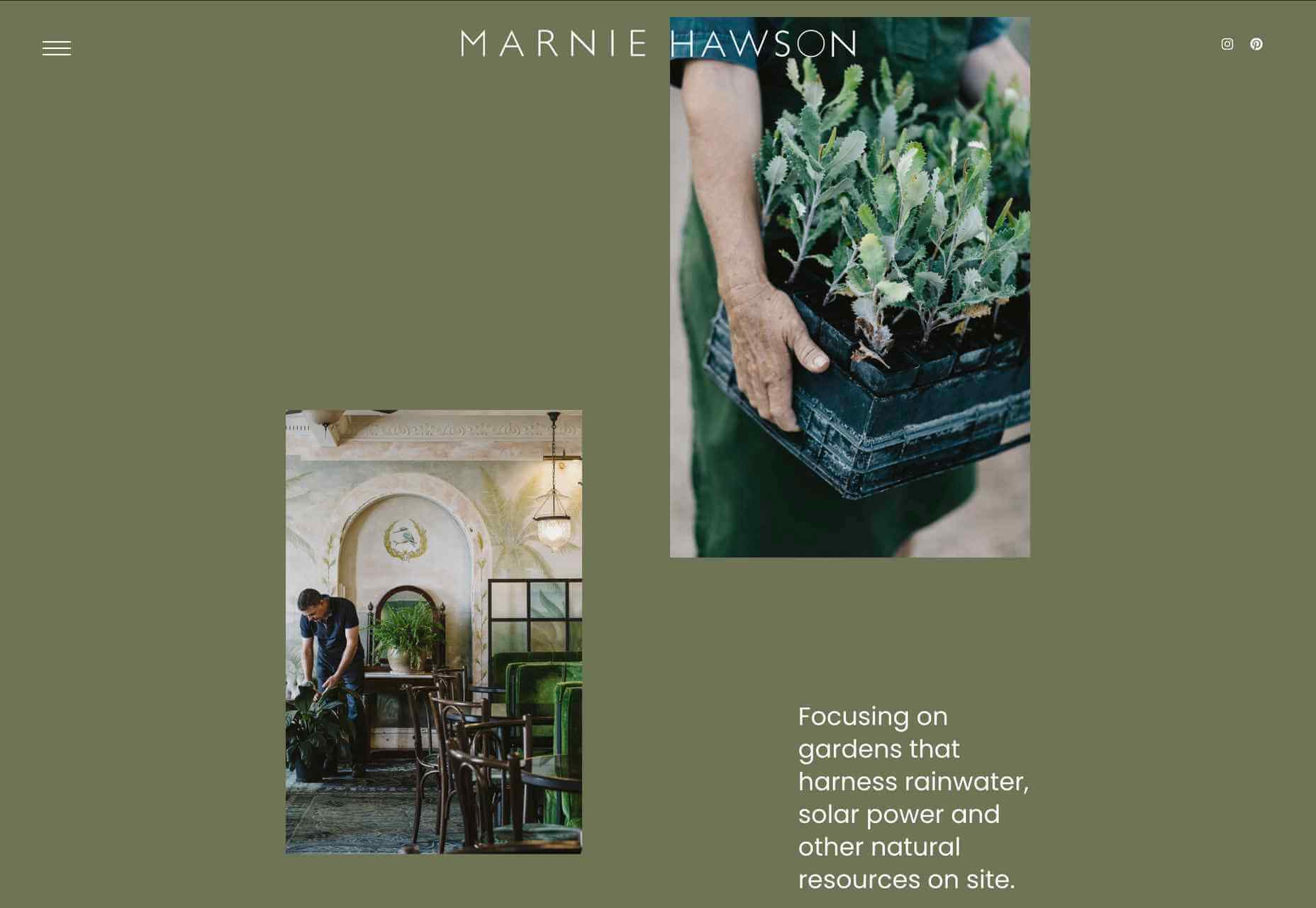

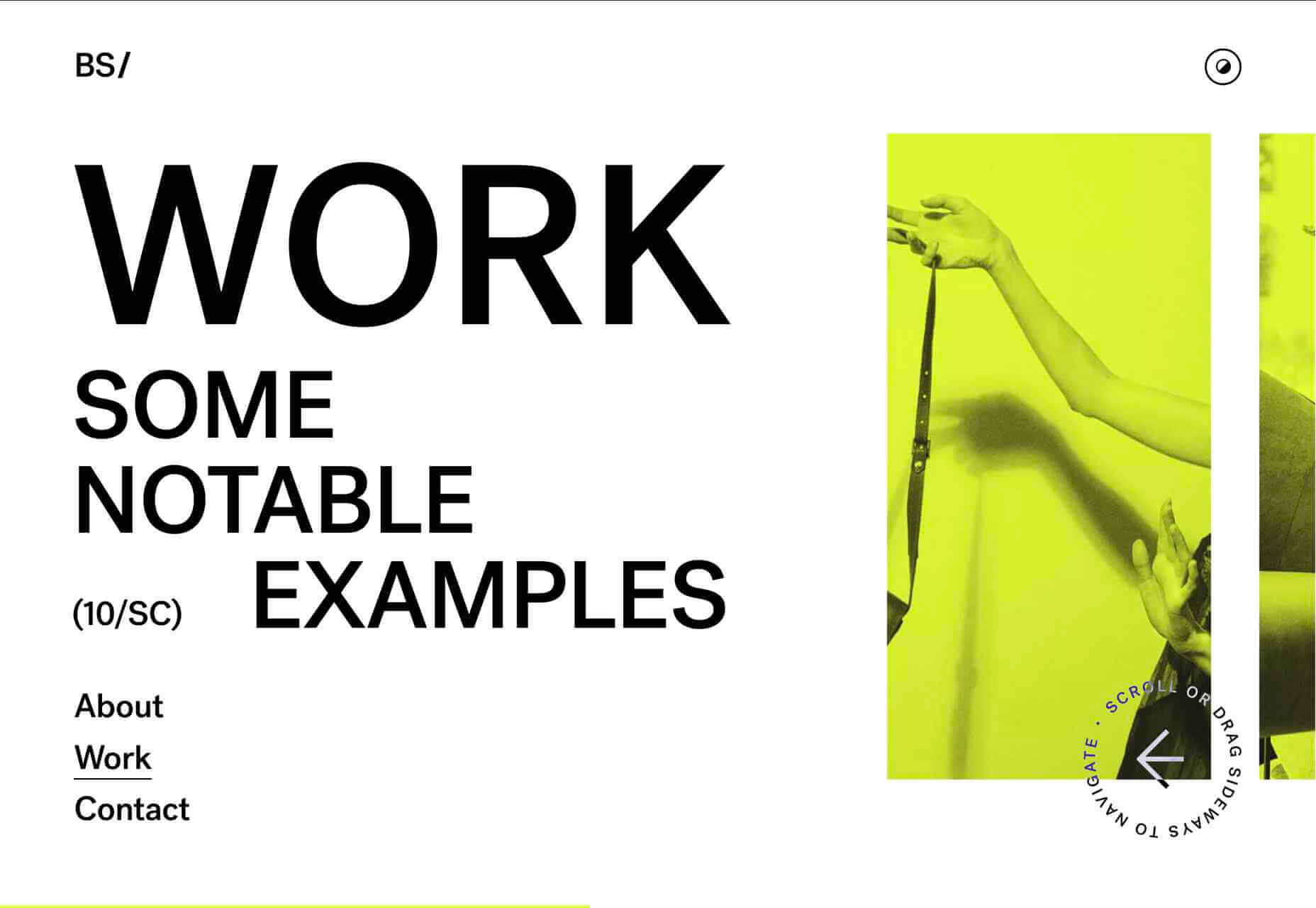
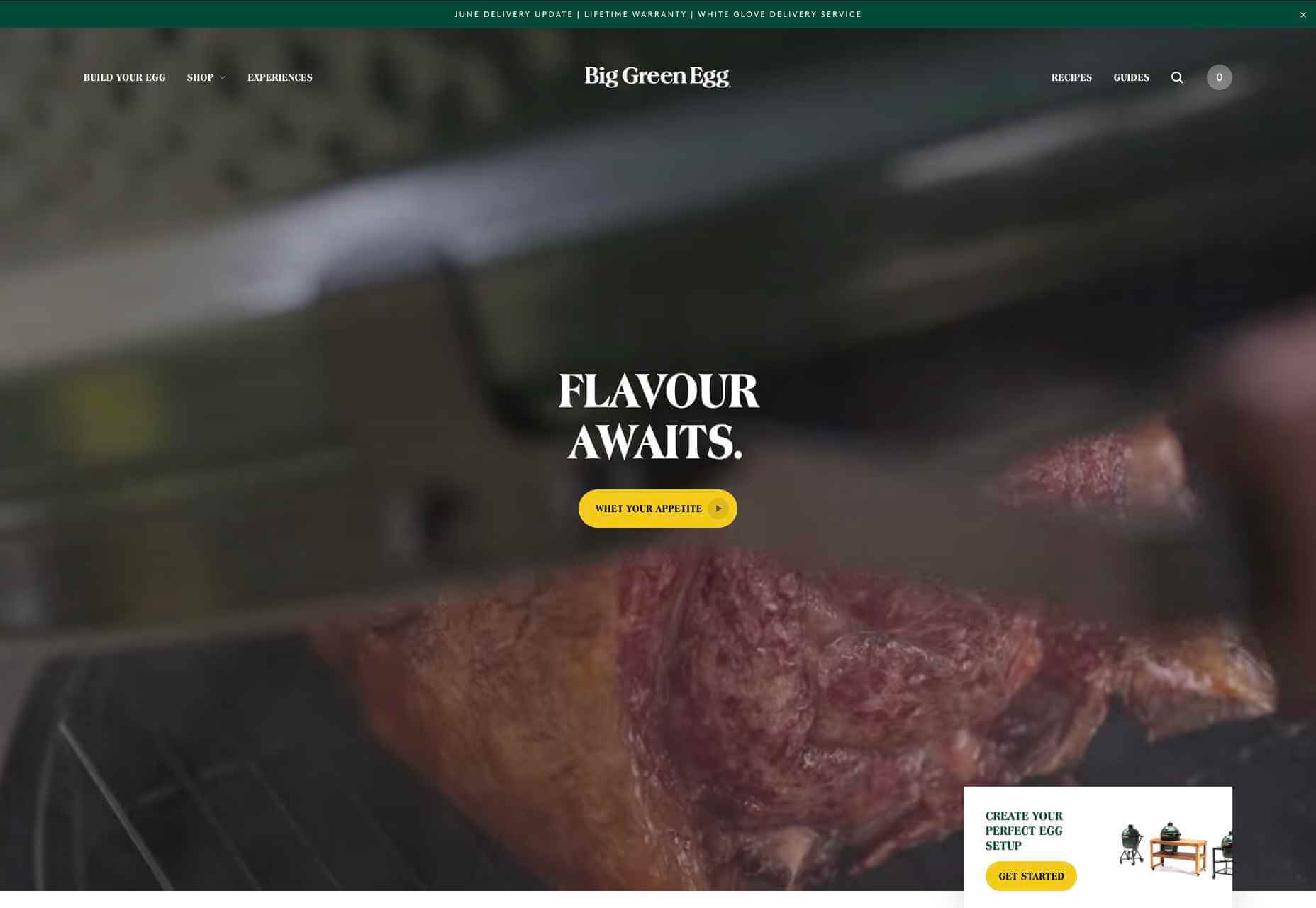
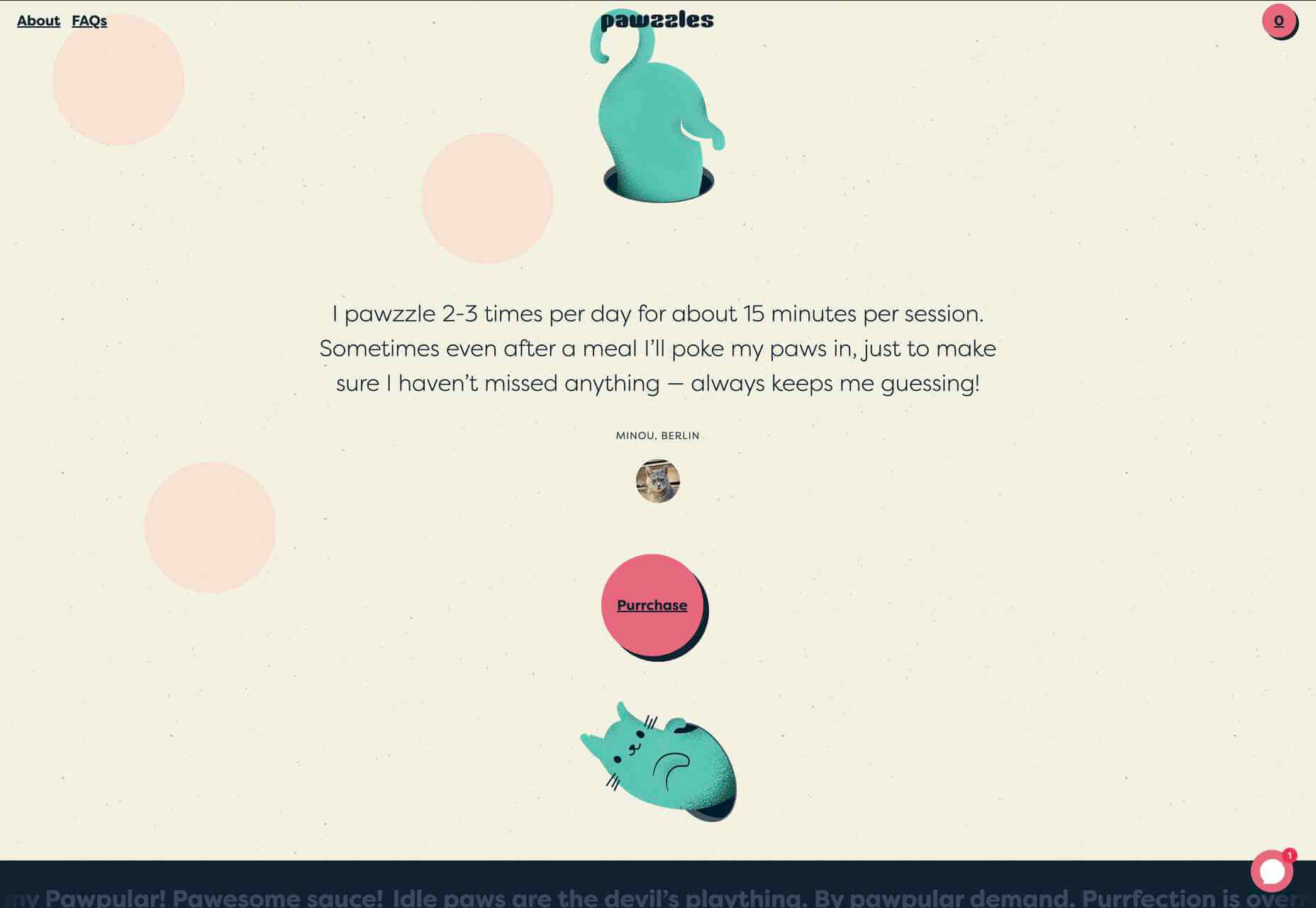
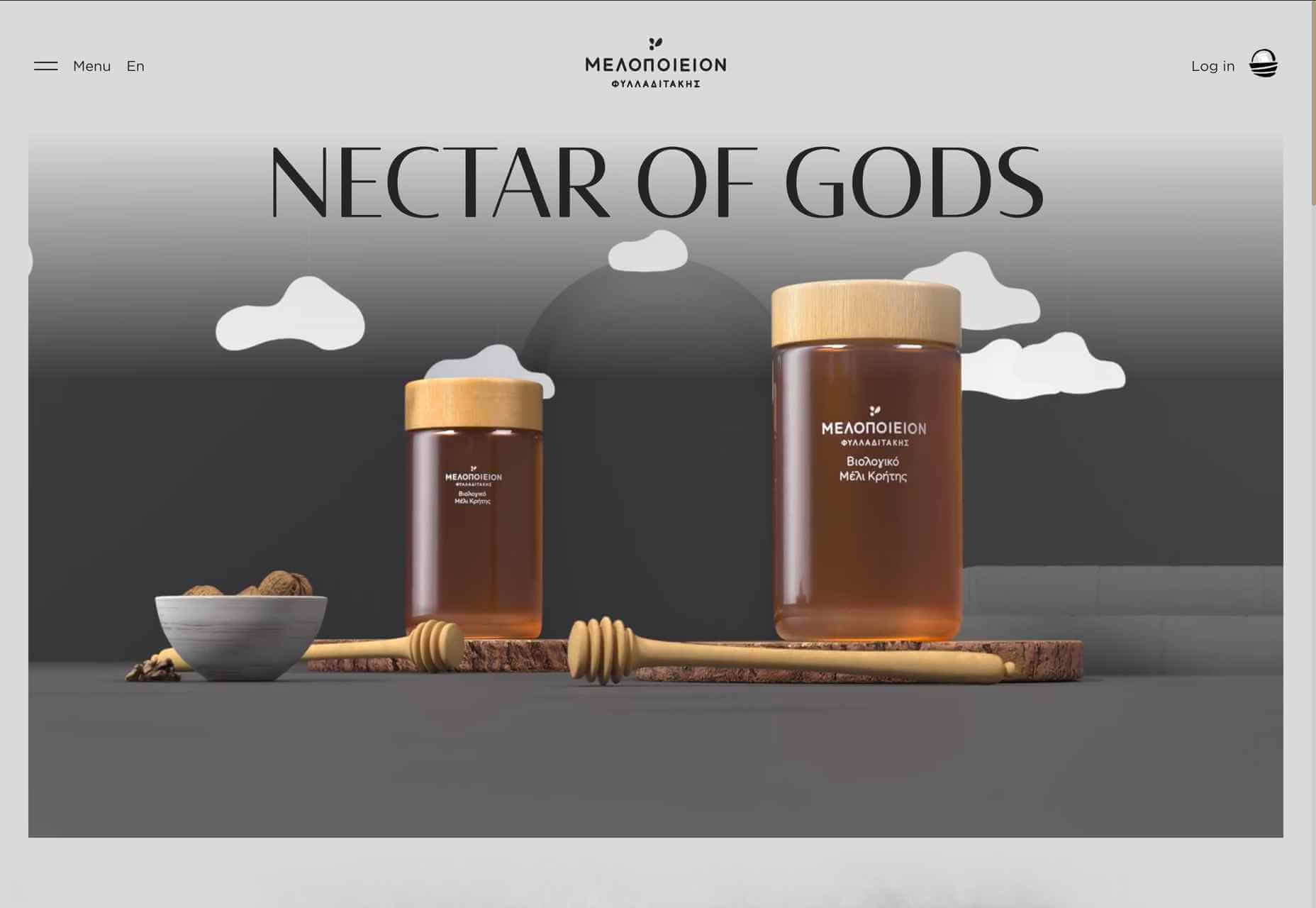
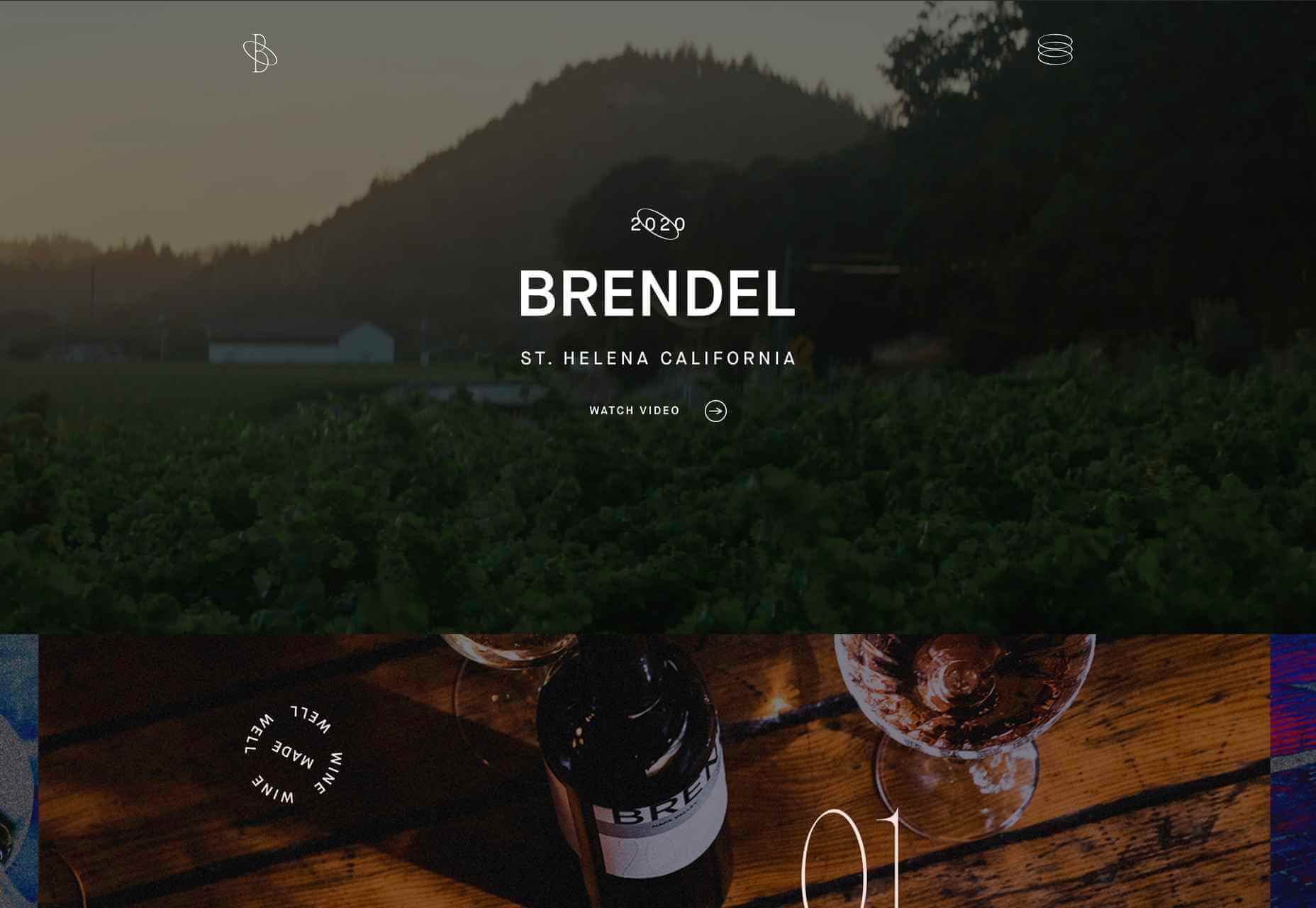
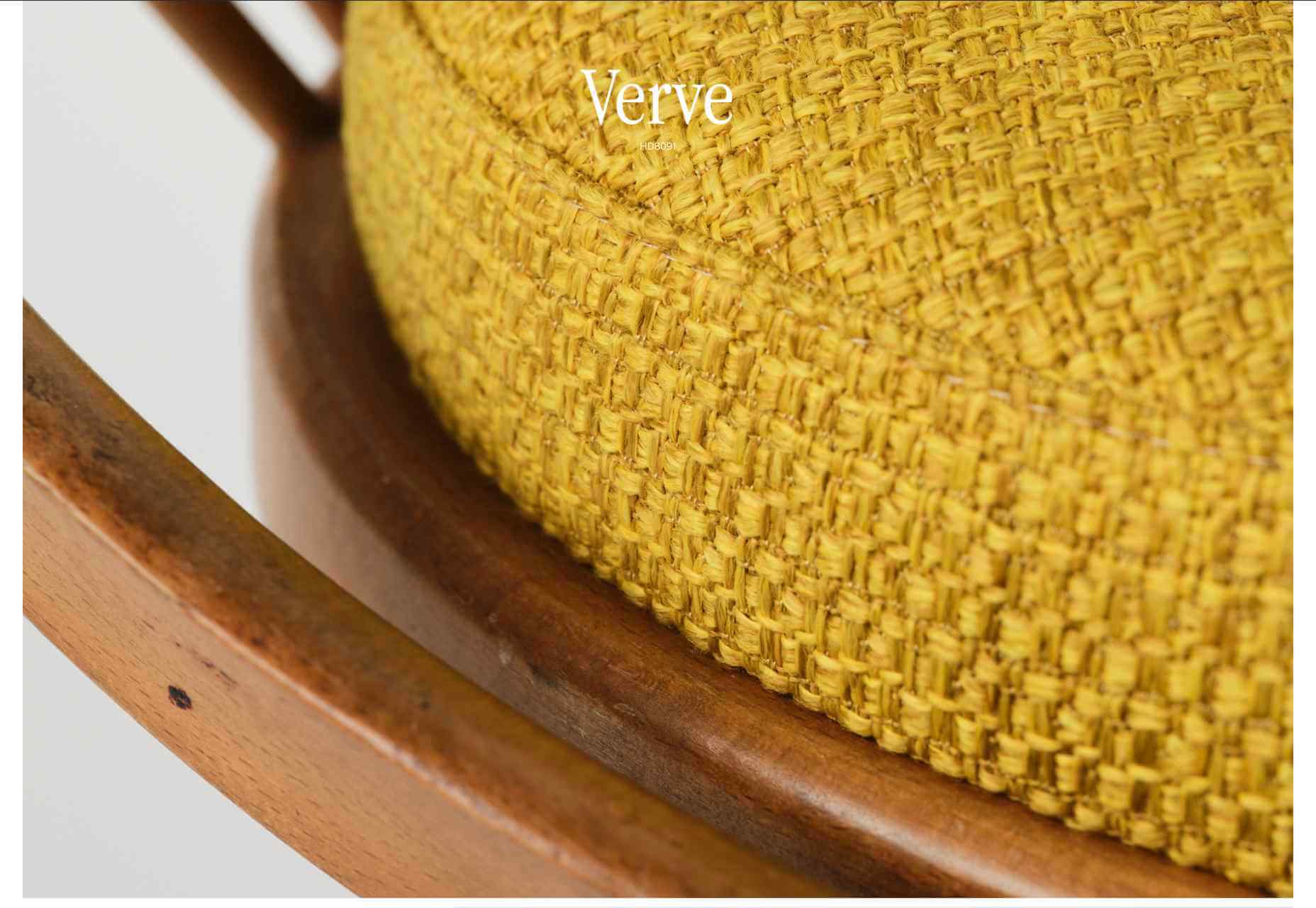
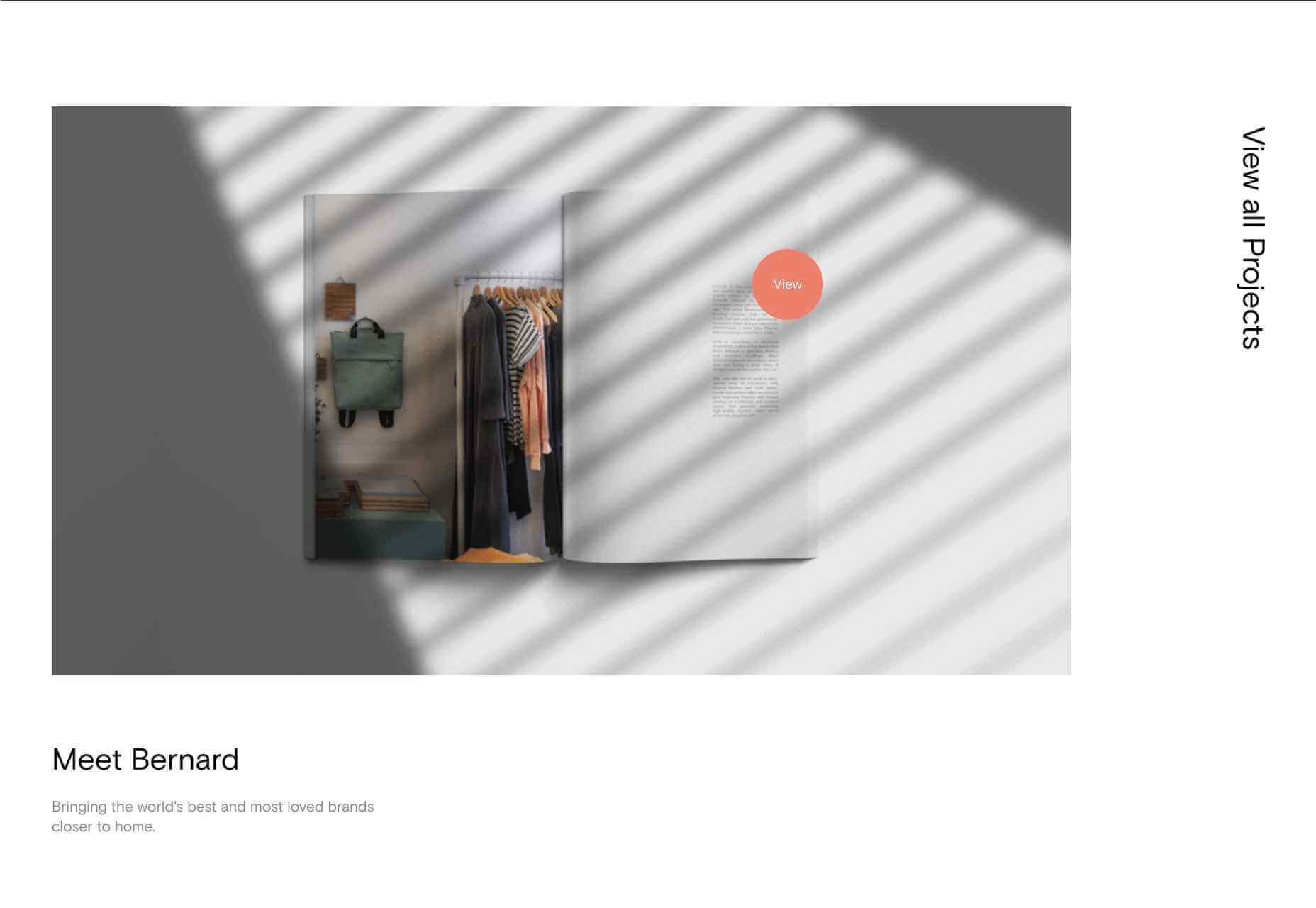
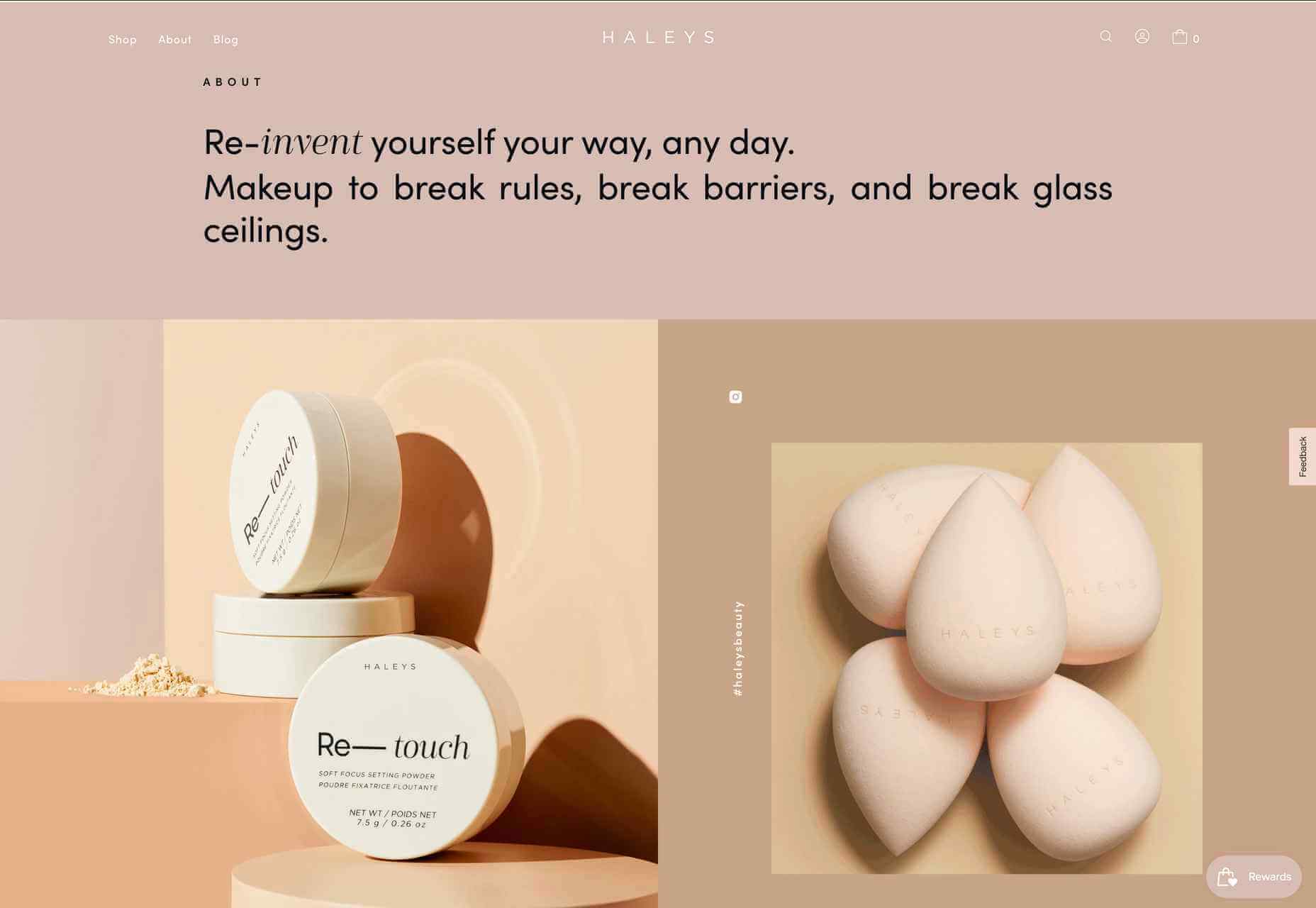
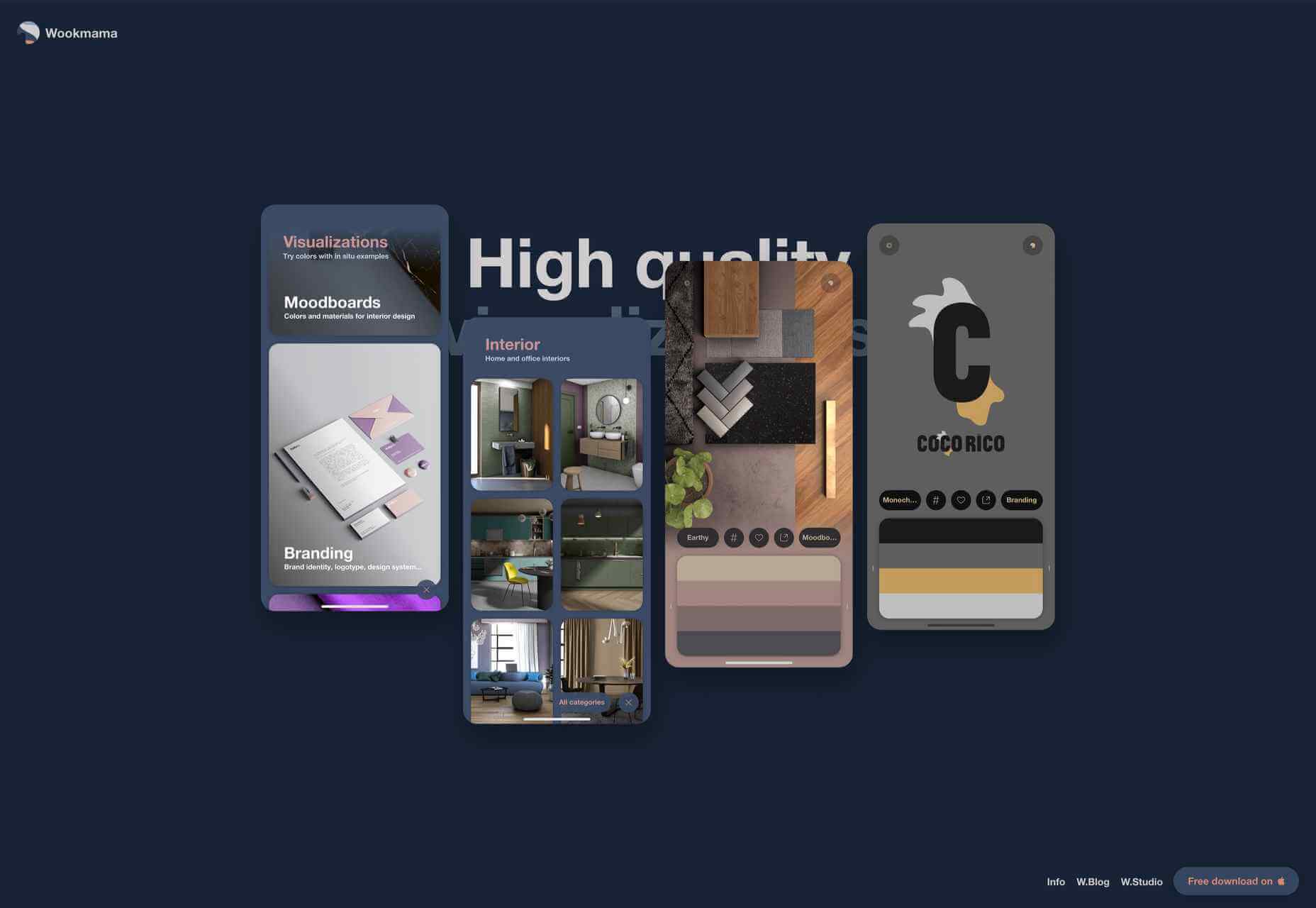

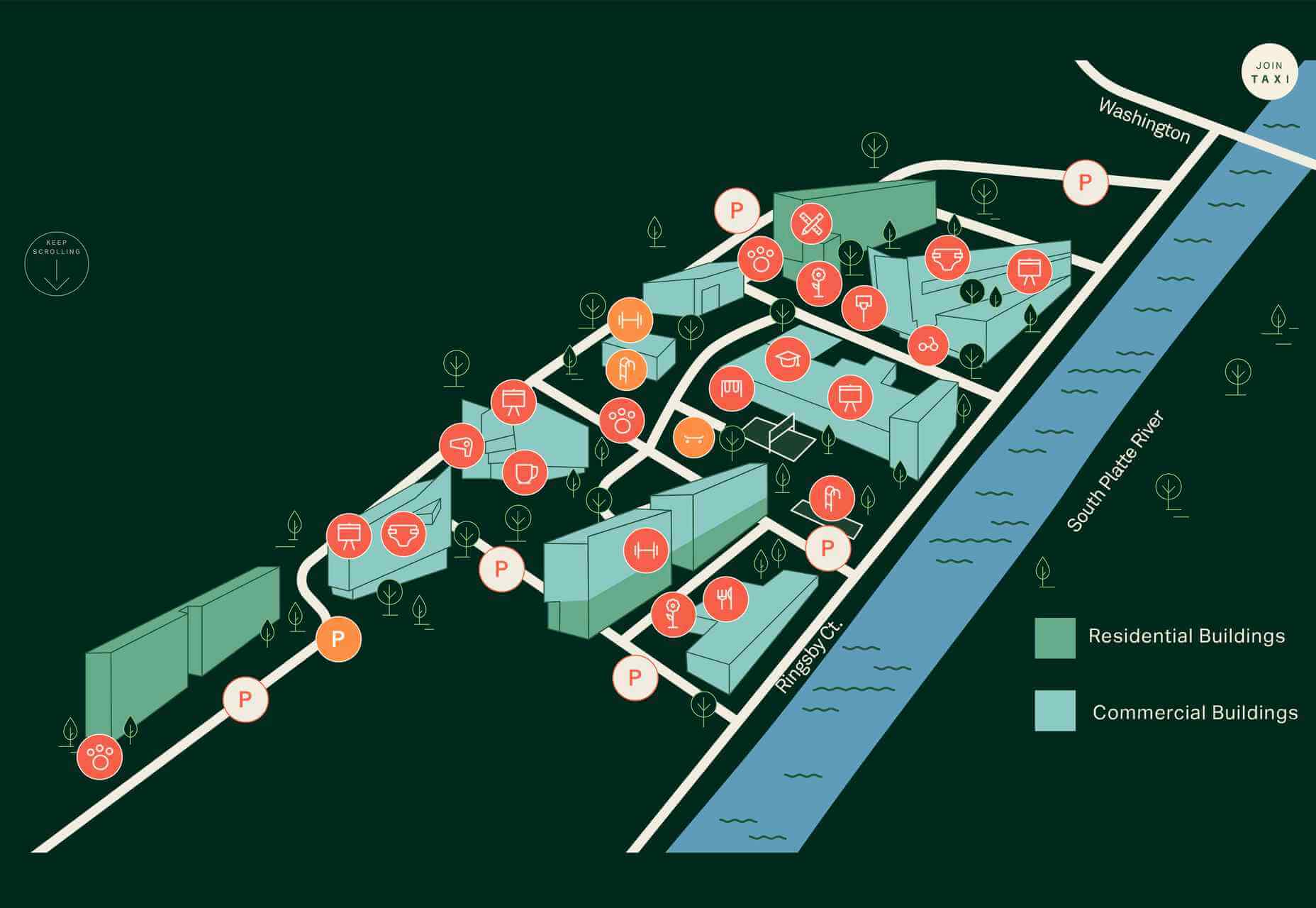


 A new design trend has emerged in the last year: Soft UI or Neumorphism is everywhere.
A new design trend has emerged in the last year: Soft UI or Neumorphism is everywhere. 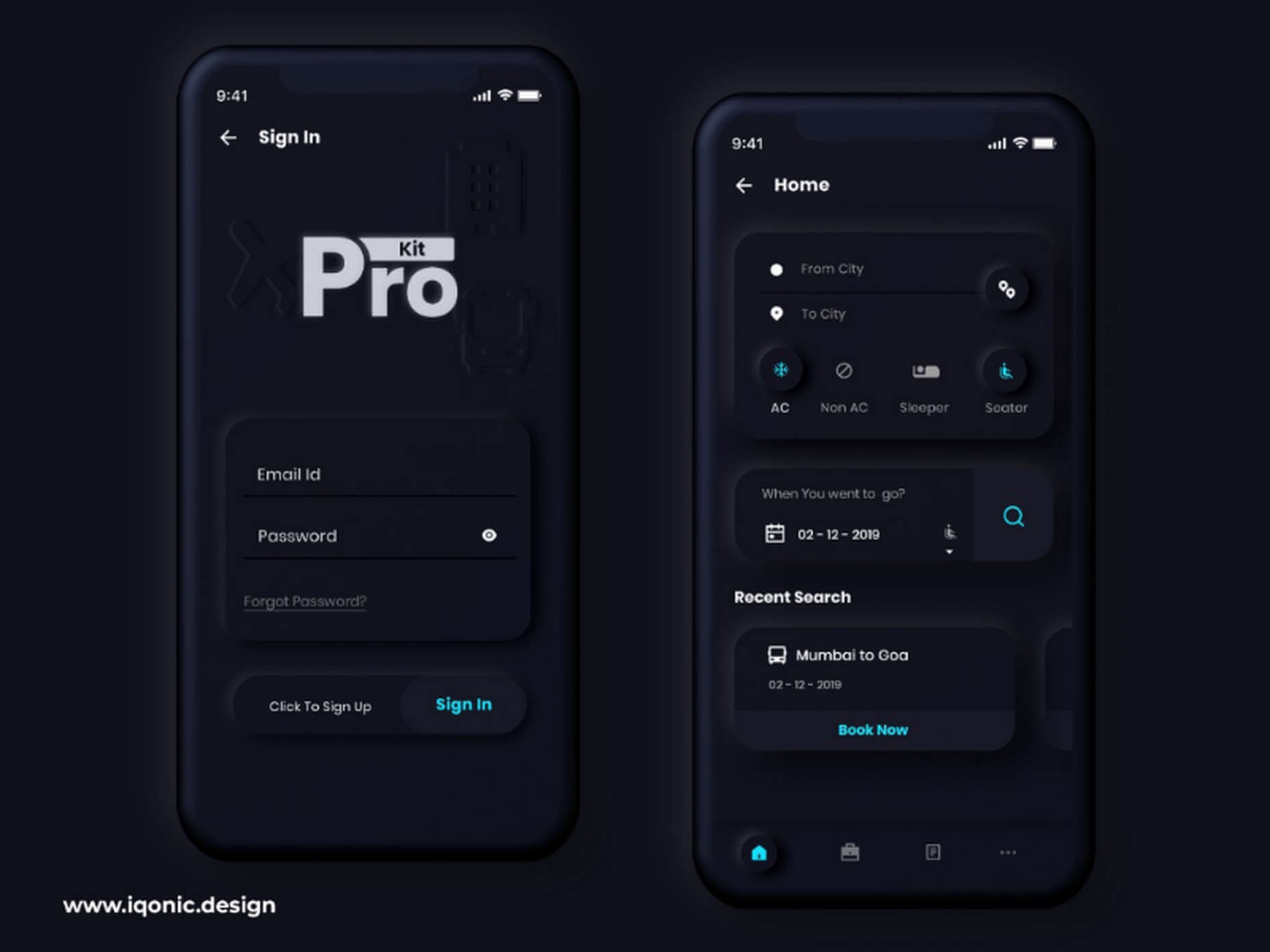
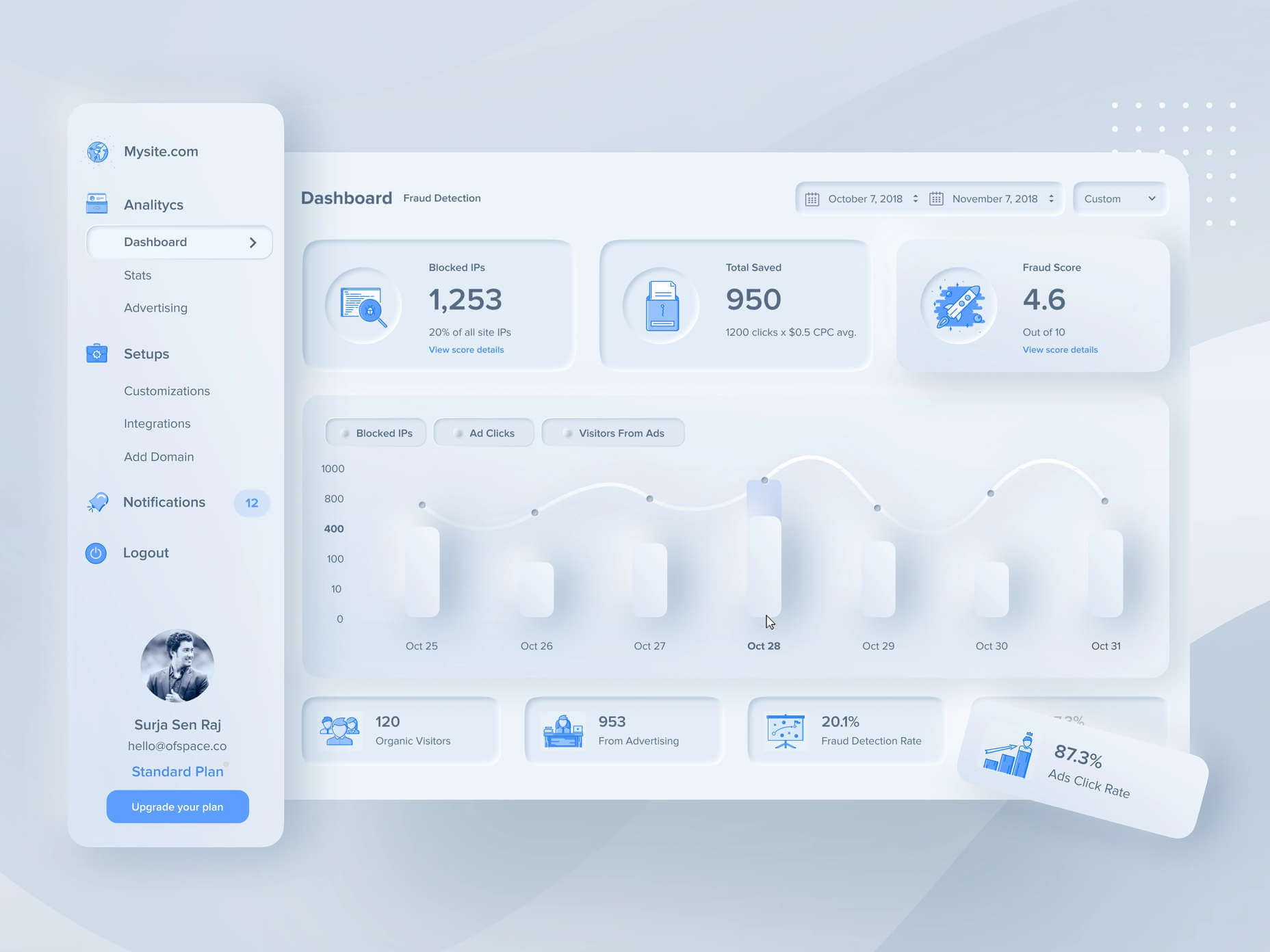
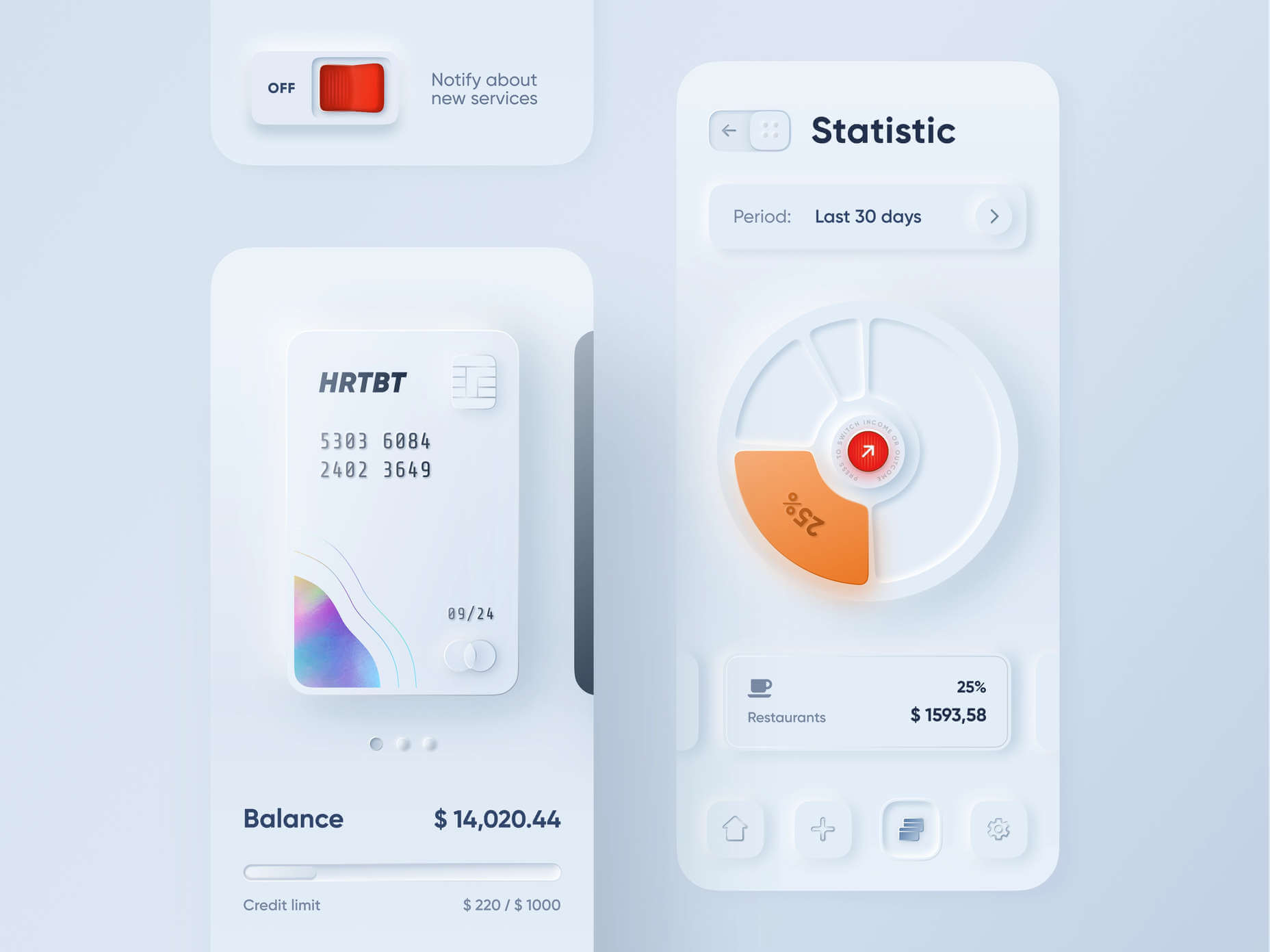
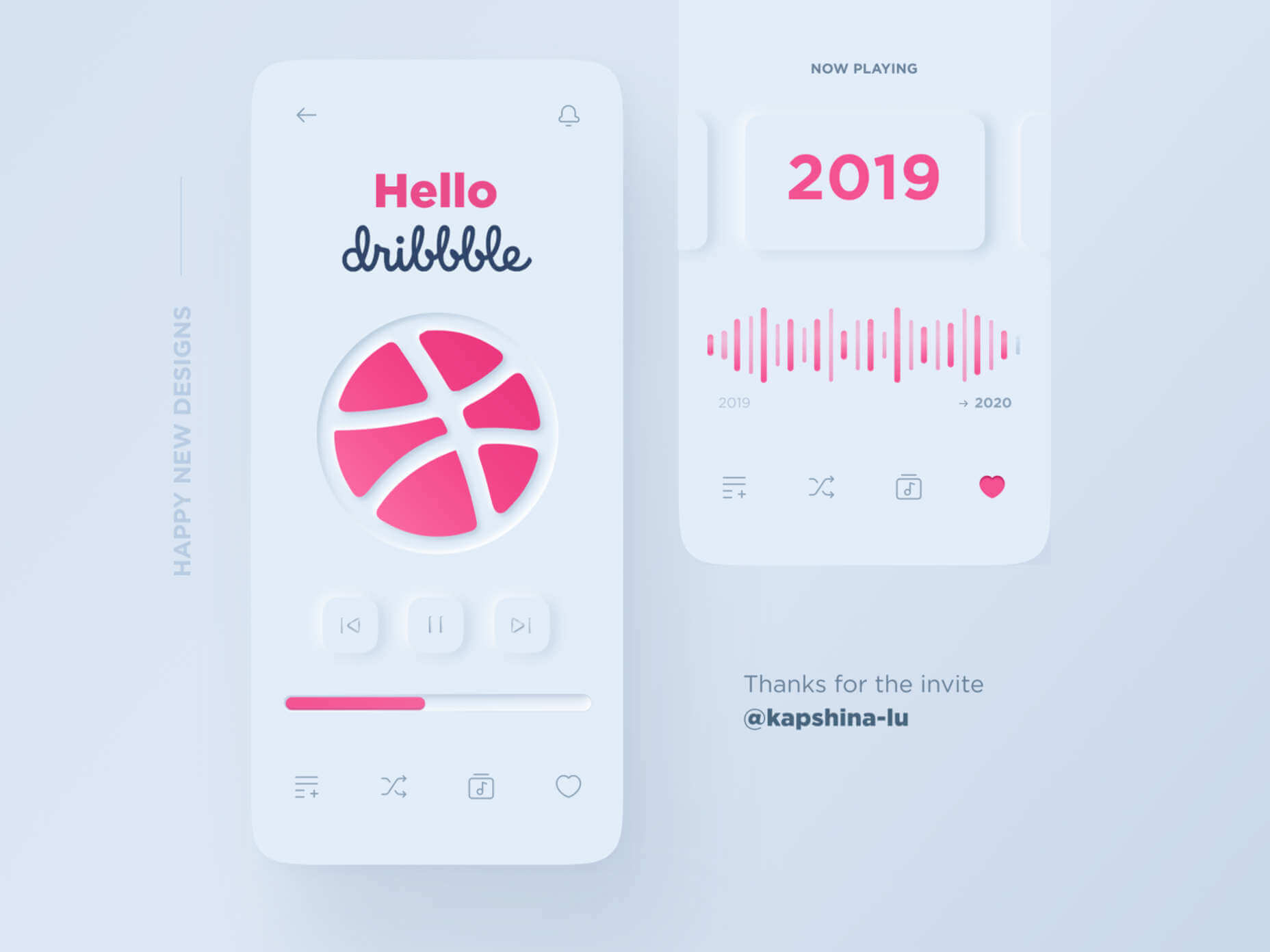
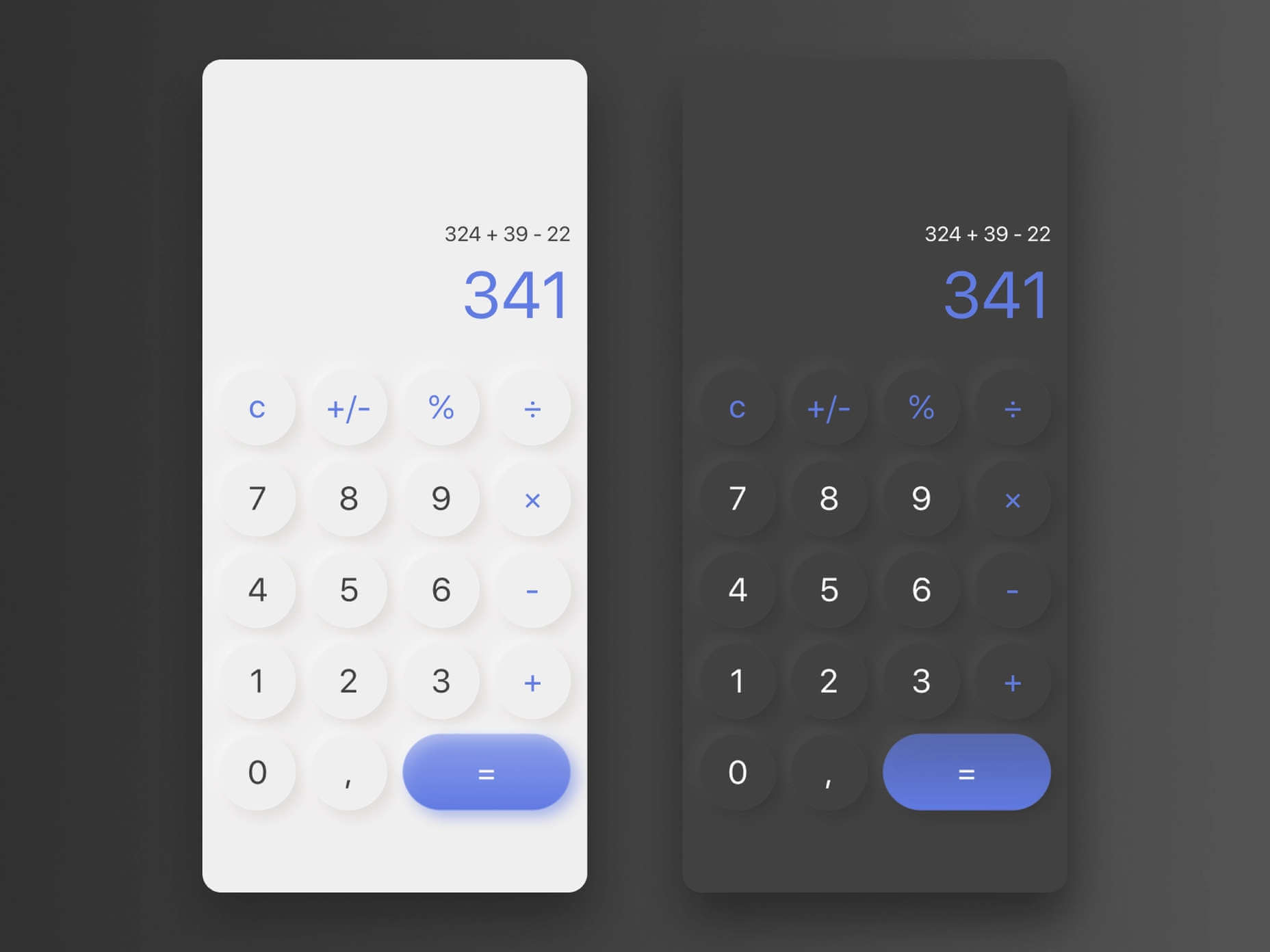
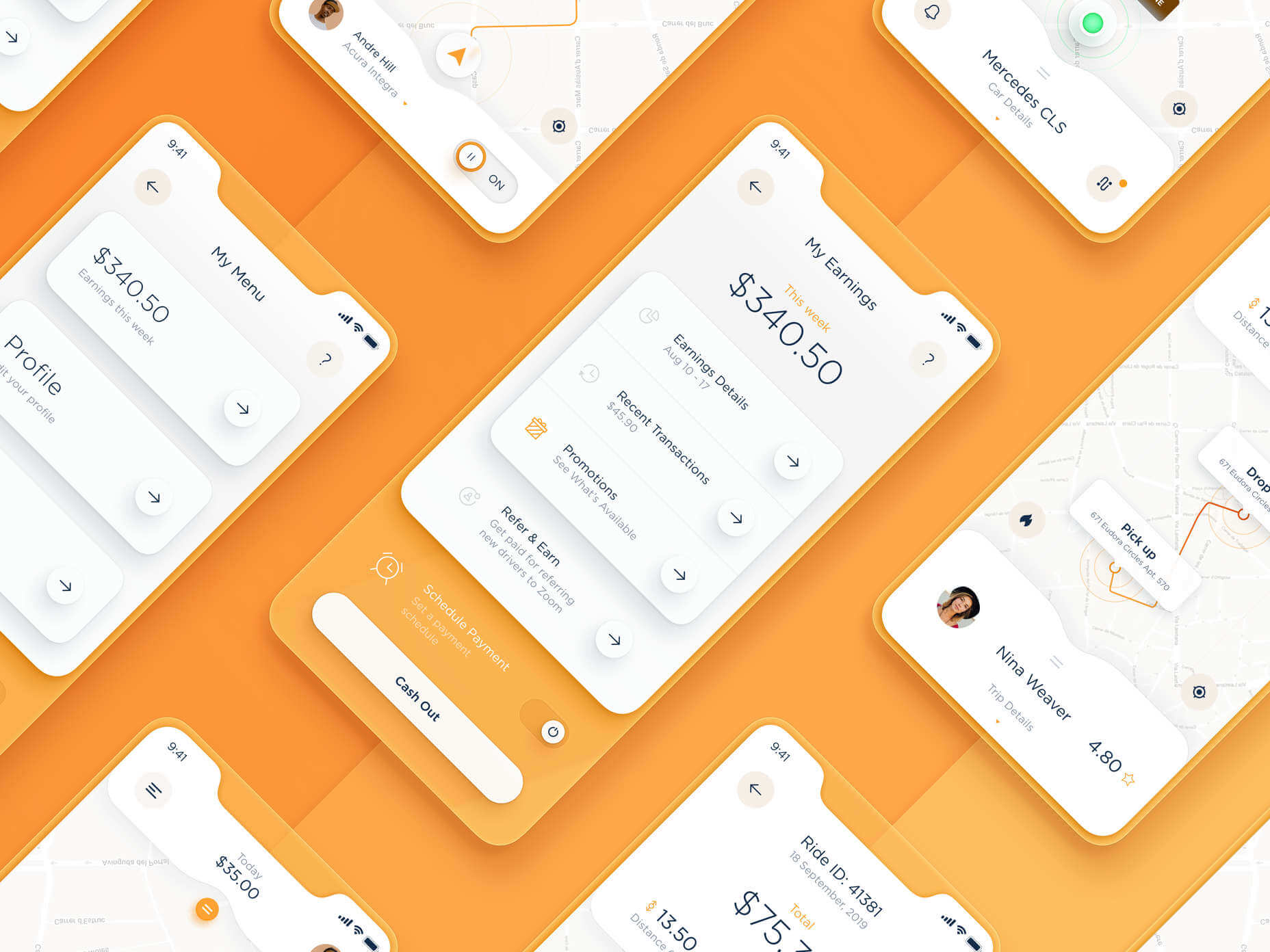

 Inclusive design is often mistaken for accessibility, or even used as an interchangeable term, which is a good indication that most designers don’t know what it means.
Inclusive design is often mistaken for accessibility, or even used as an interchangeable term, which is a good indication that most designers don’t know what it means.
 This month’s new tools and resources collection is a mixed bag of elements for designers and developers. From fun little divots to tools that can speed up development, you are sure to find something usable here.
This month’s new tools and resources collection is a mixed bag of elements for designers and developers. From fun little divots to tools that can speed up development, you are sure to find something usable here.




















